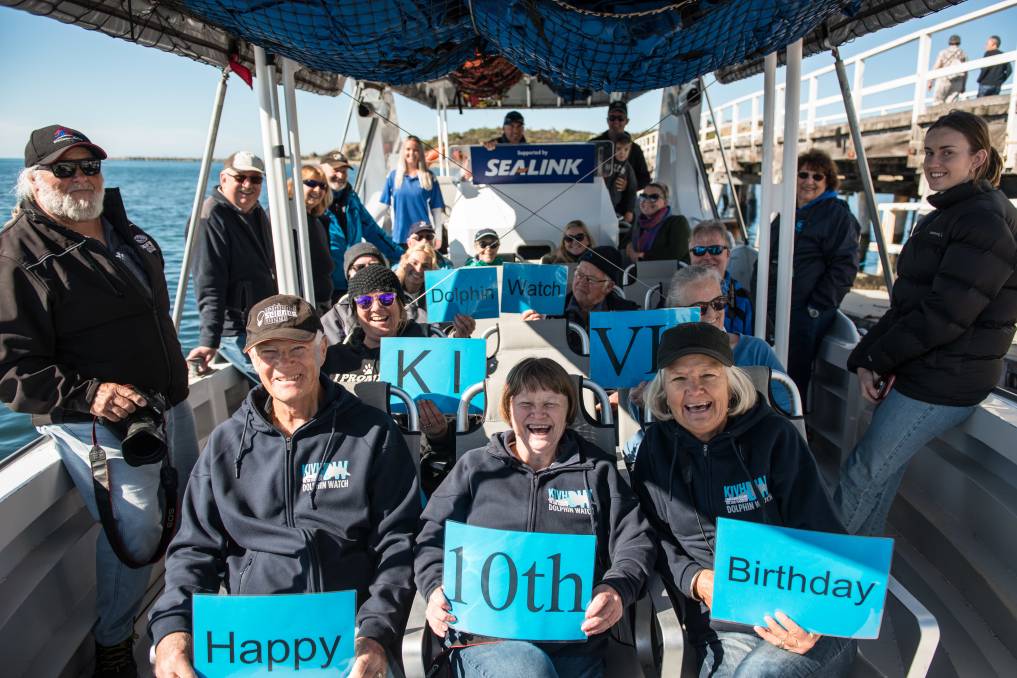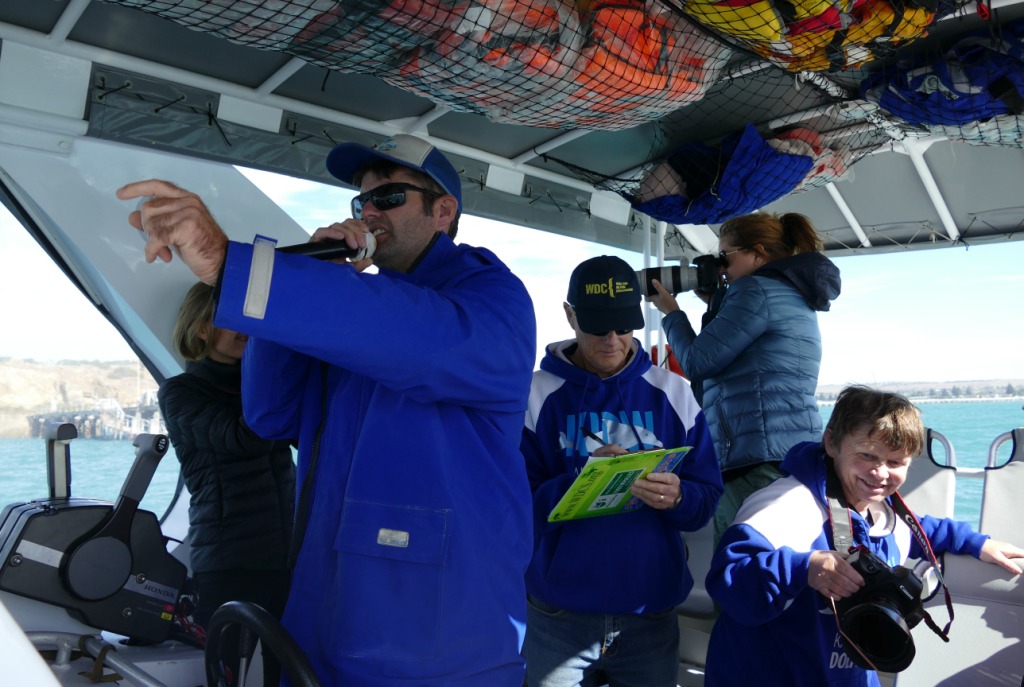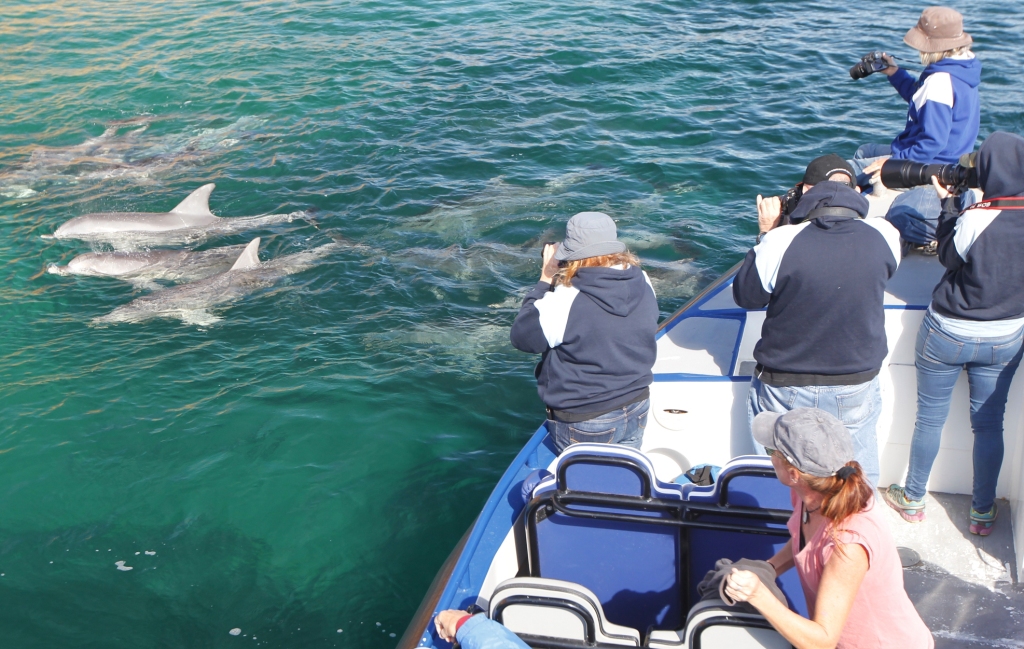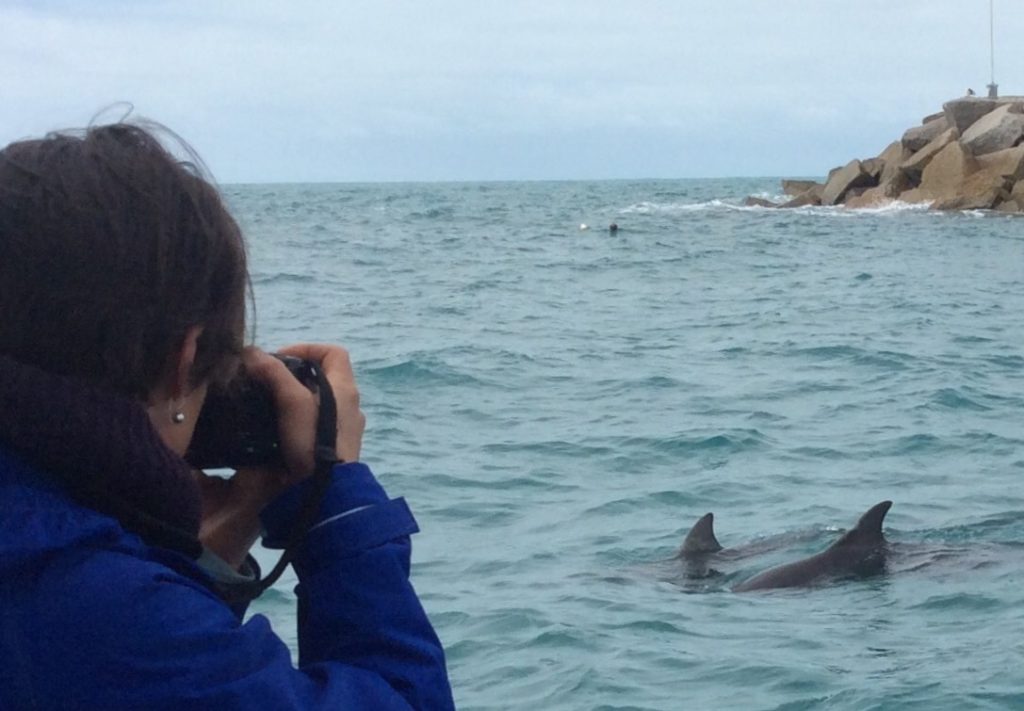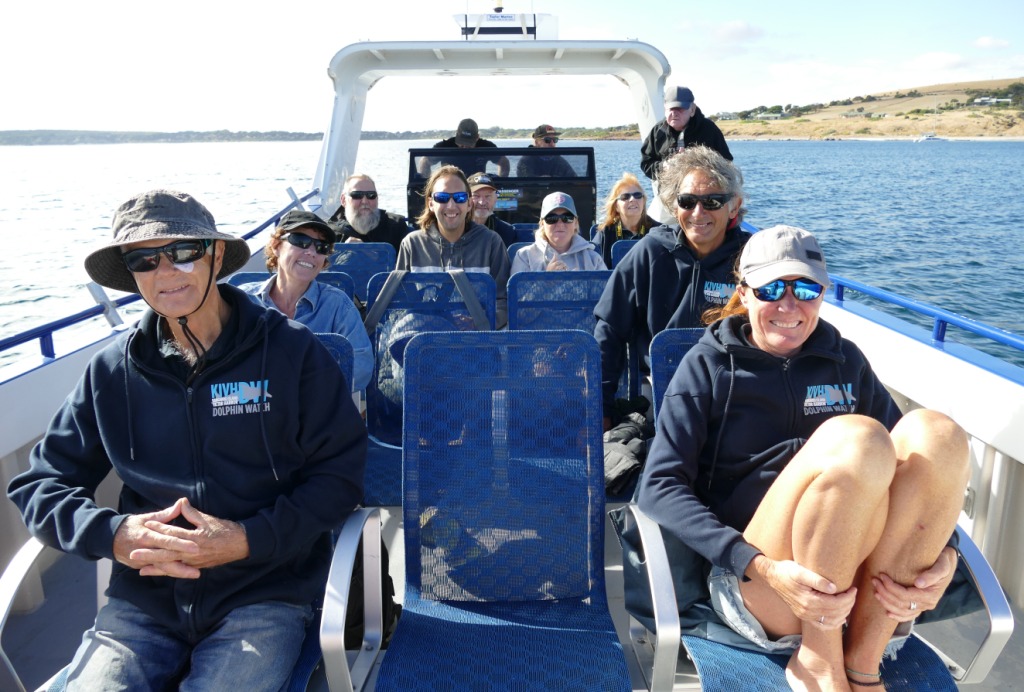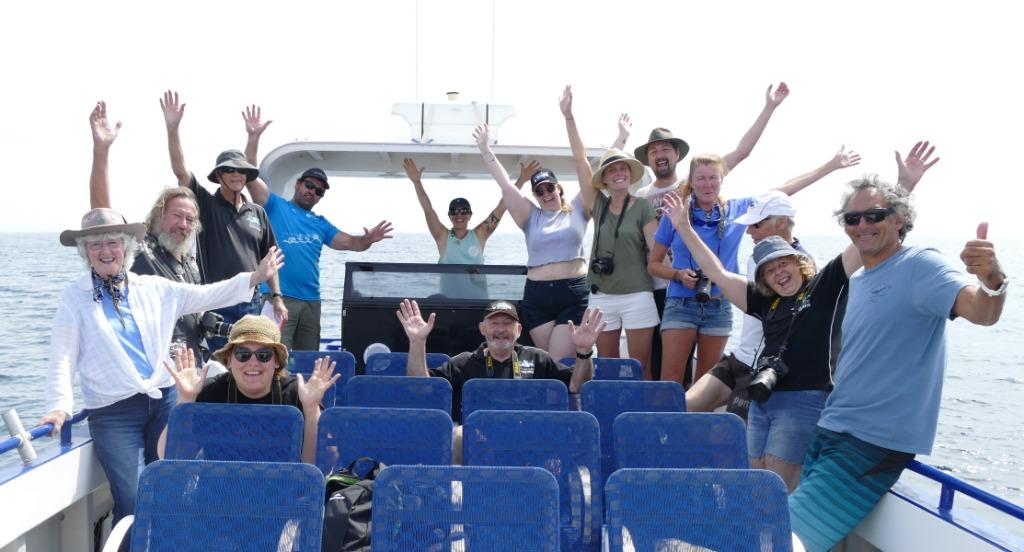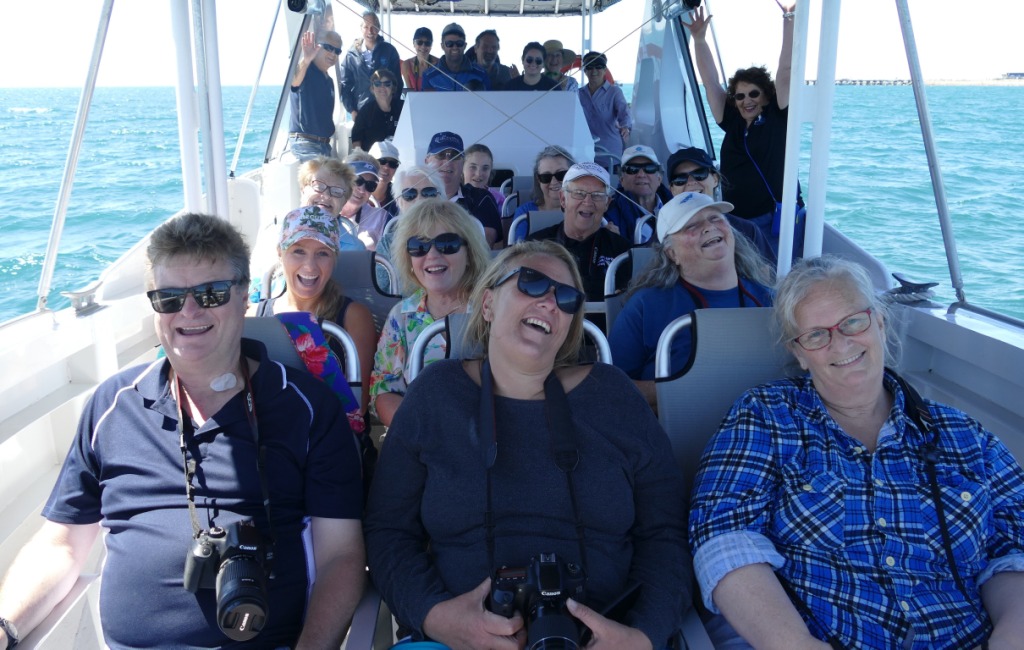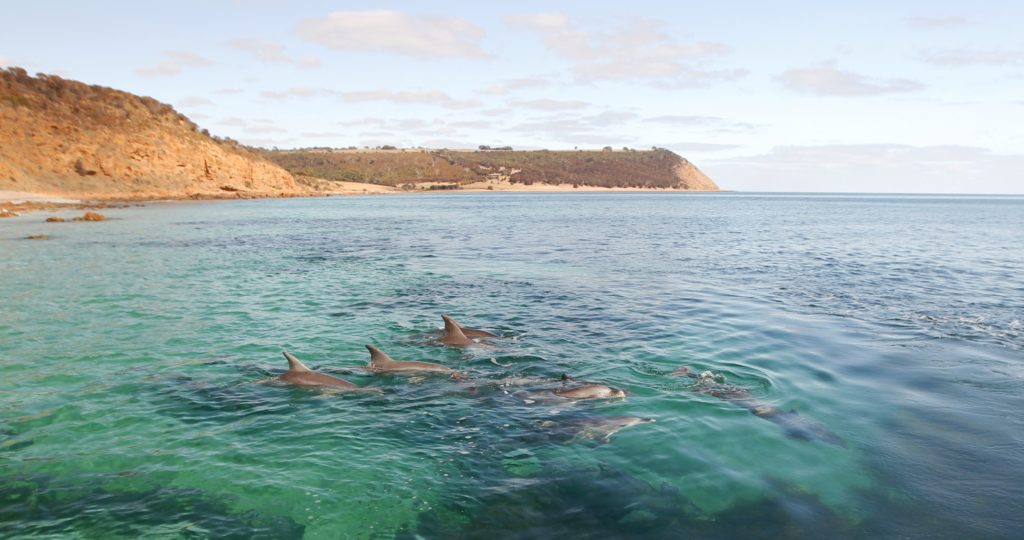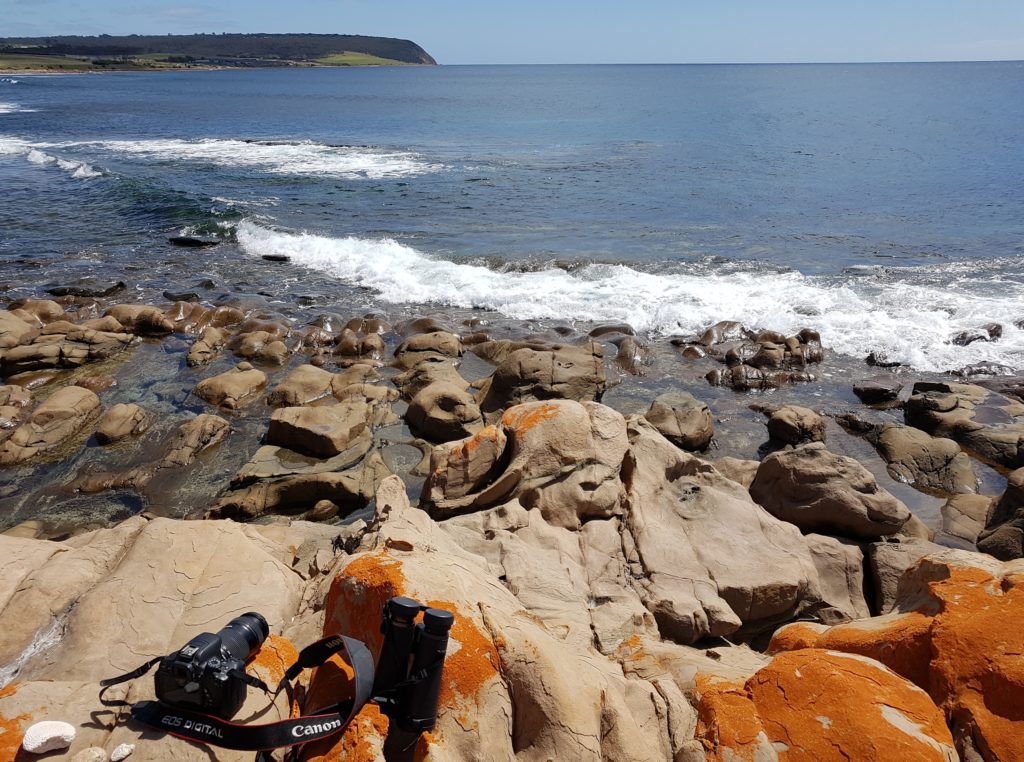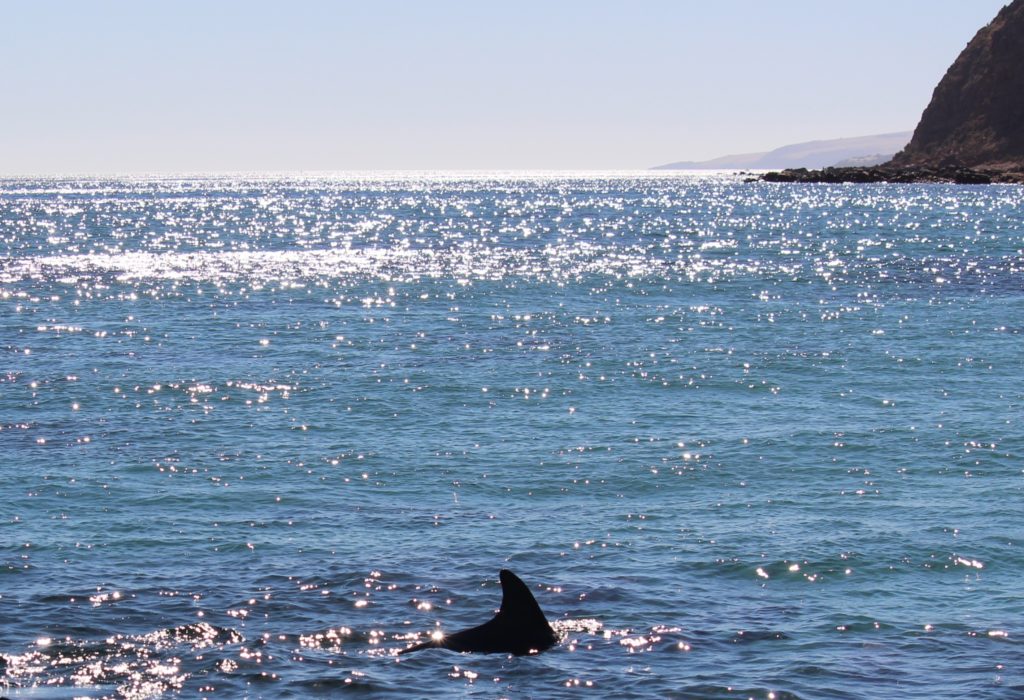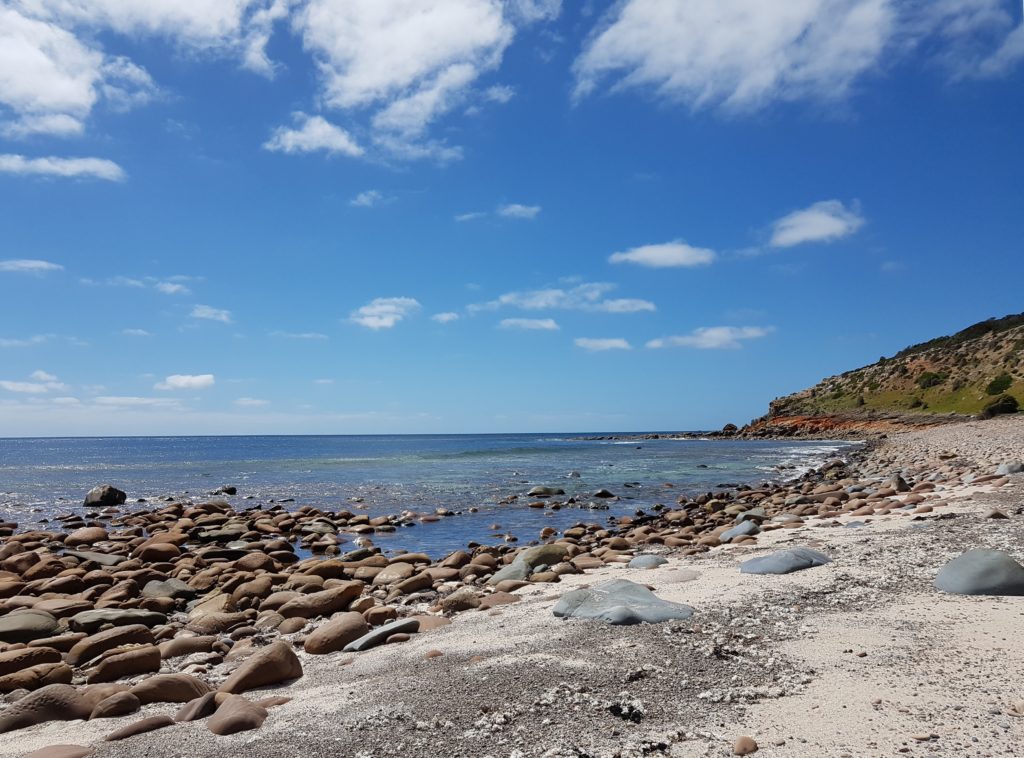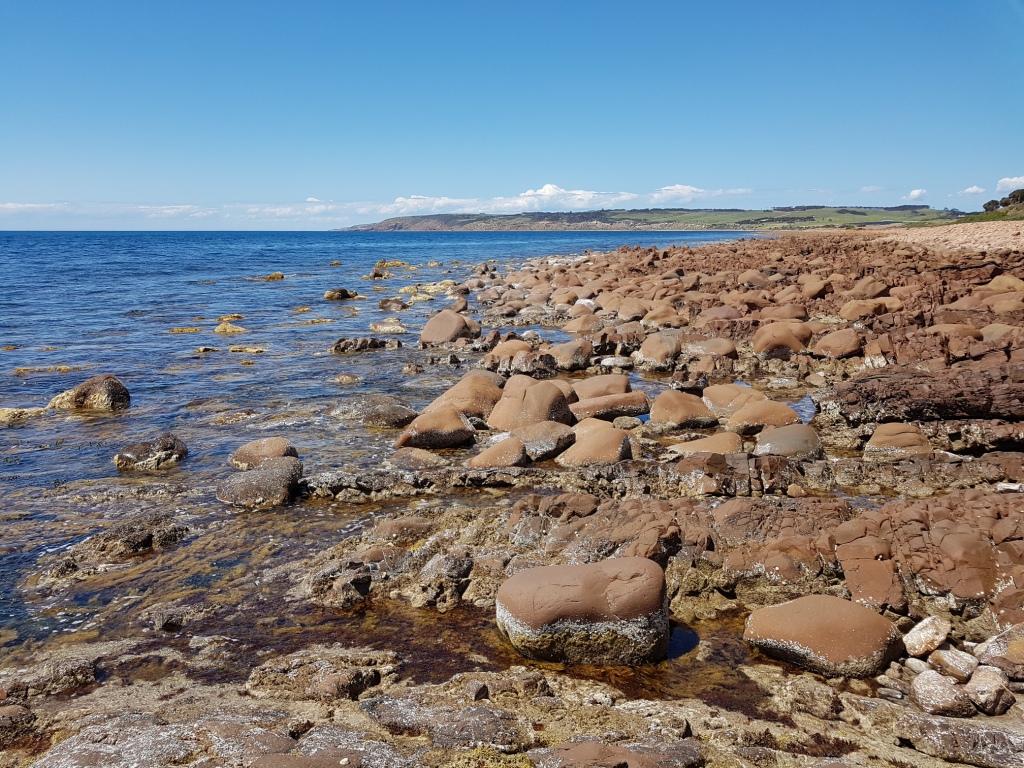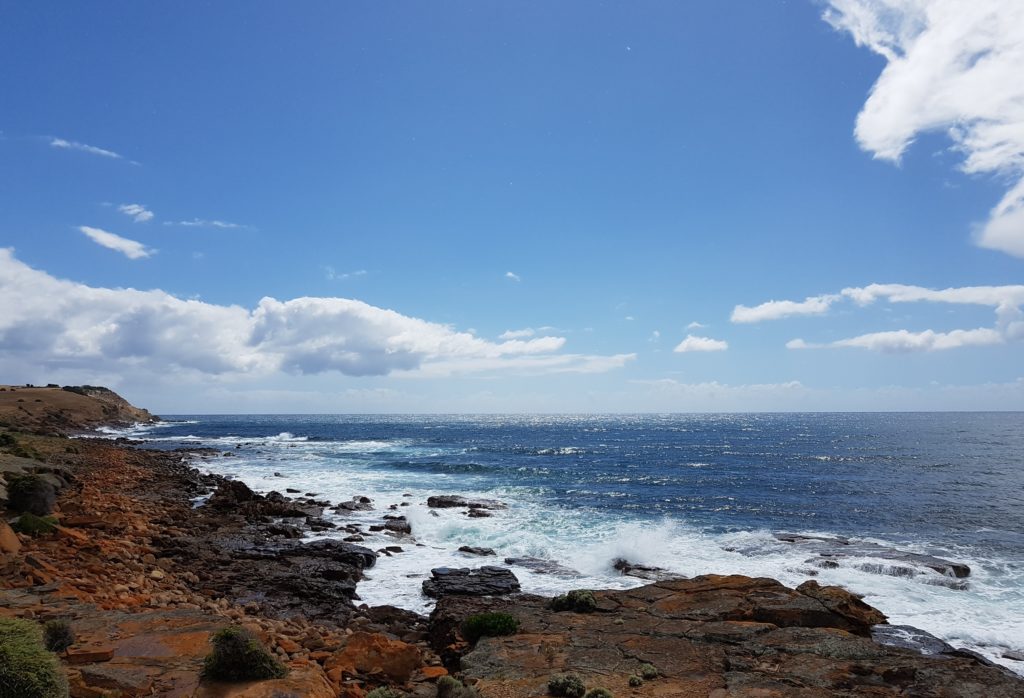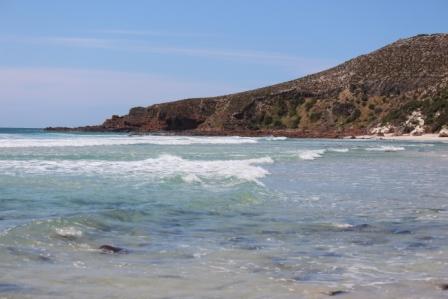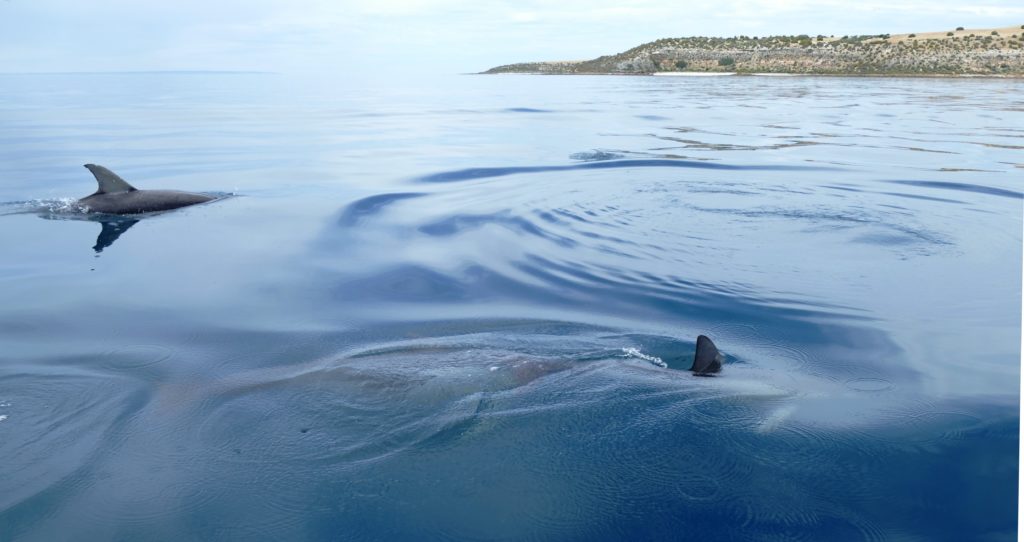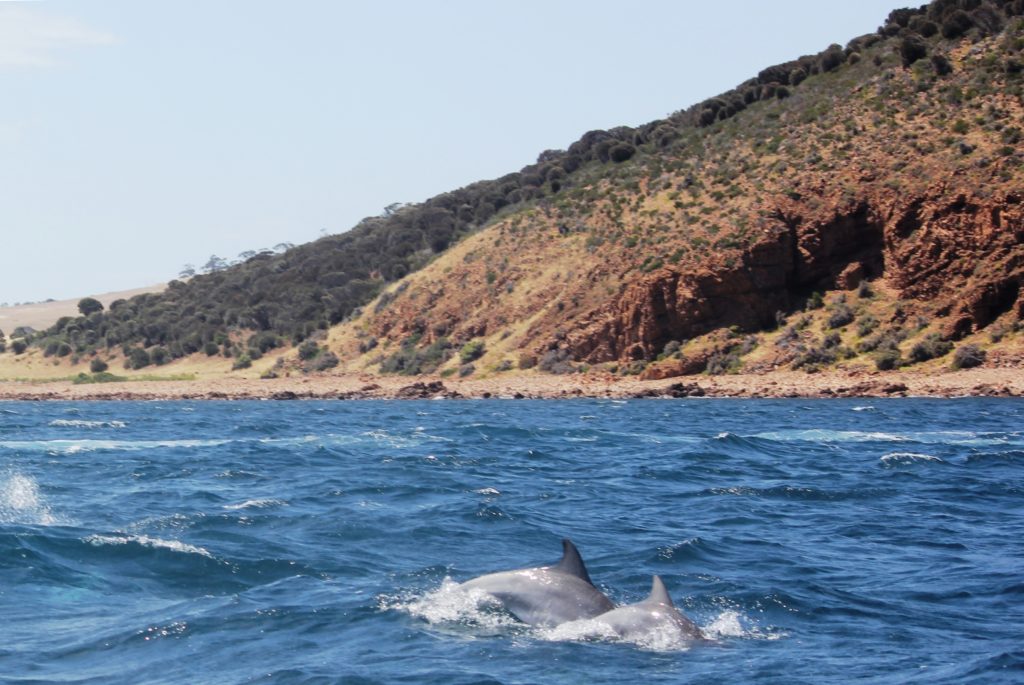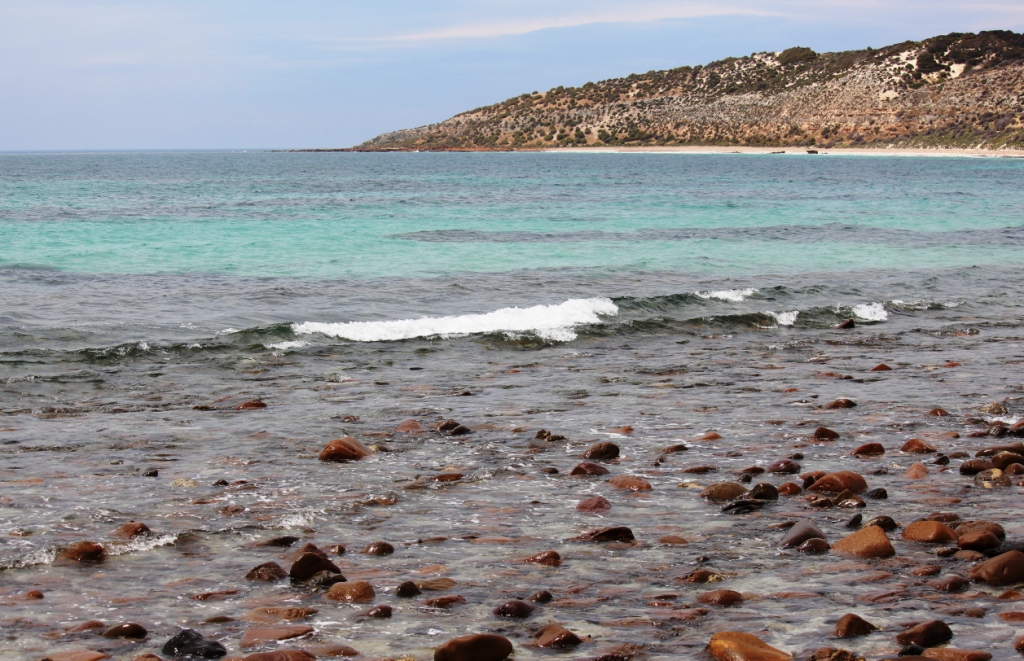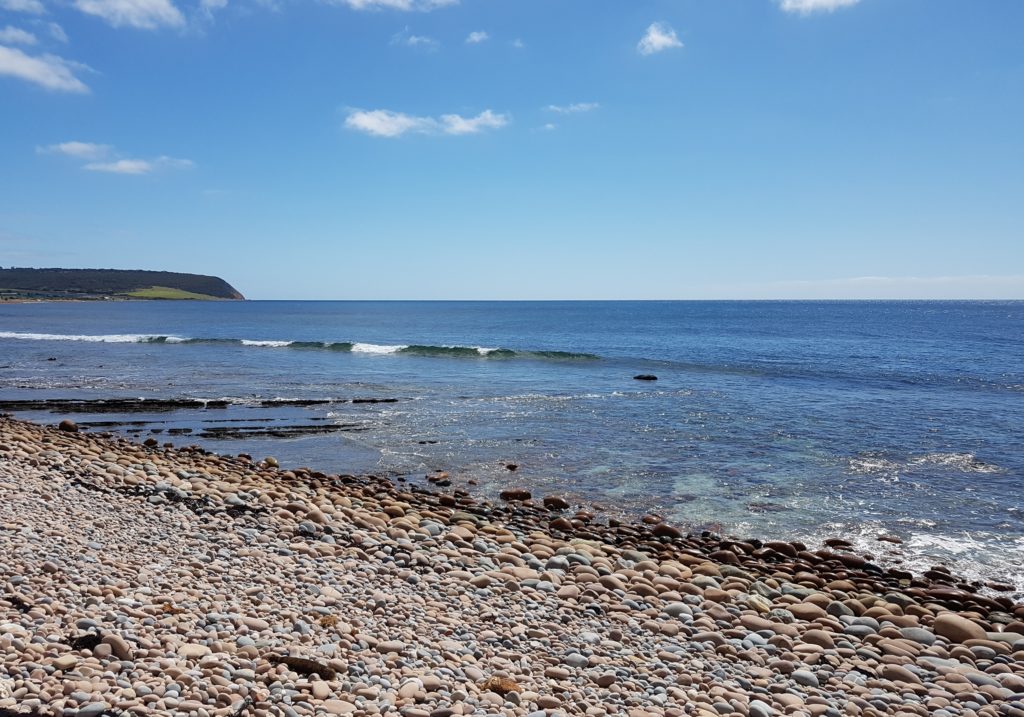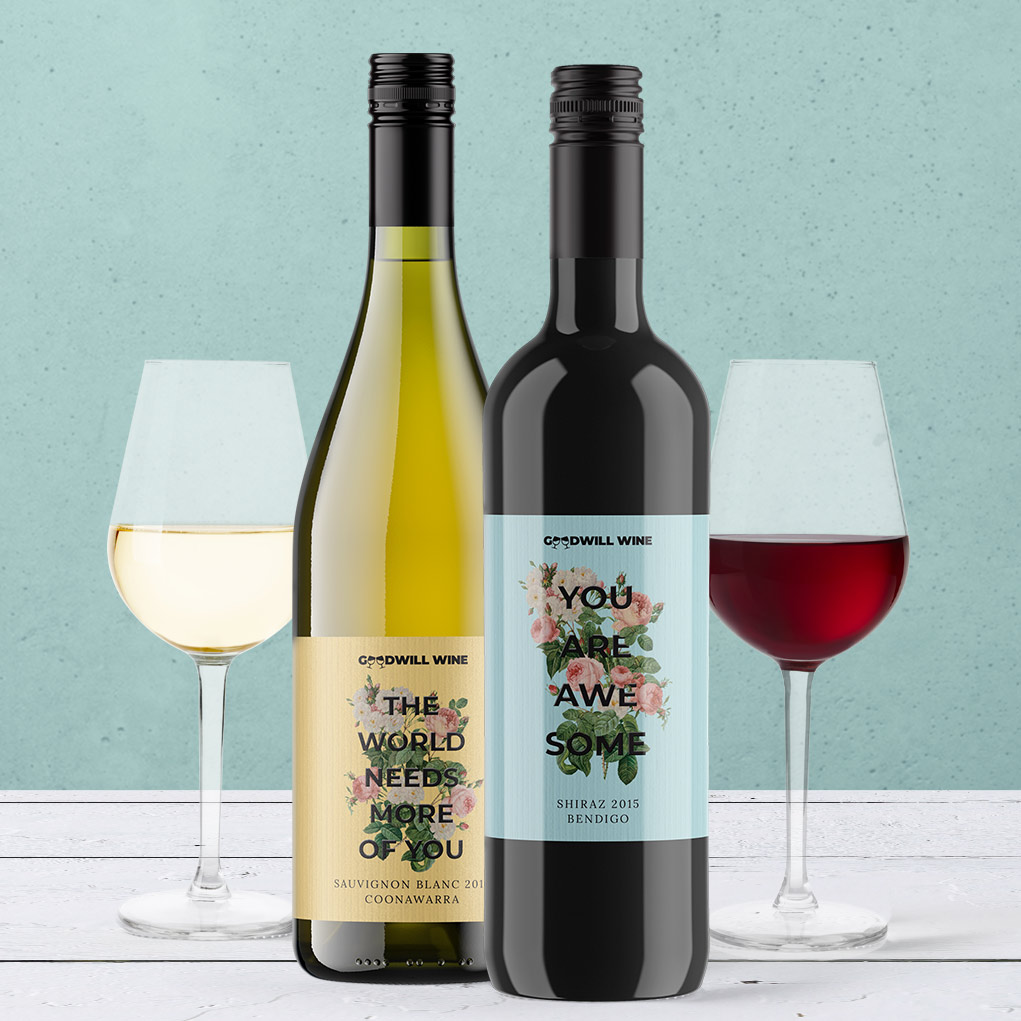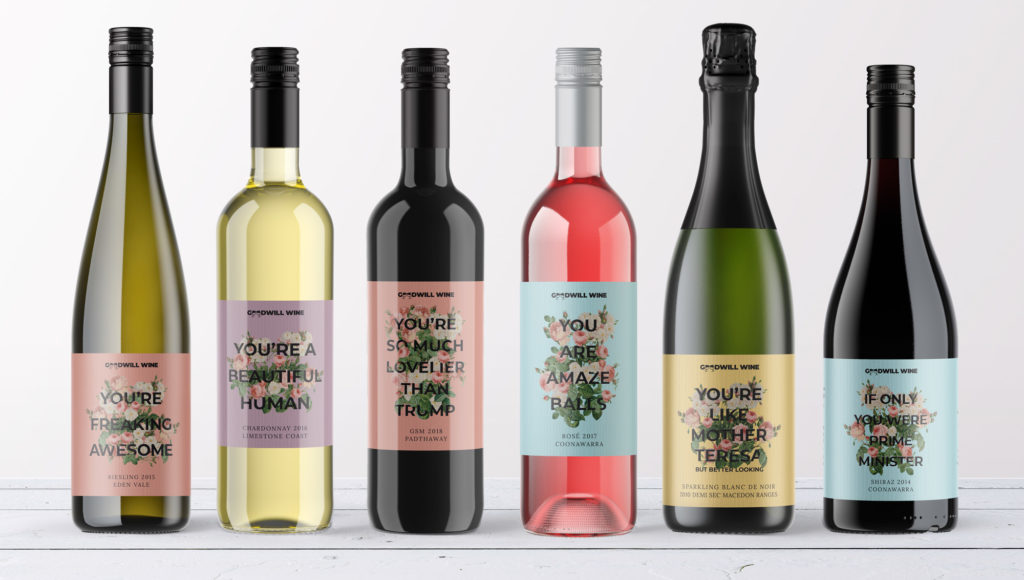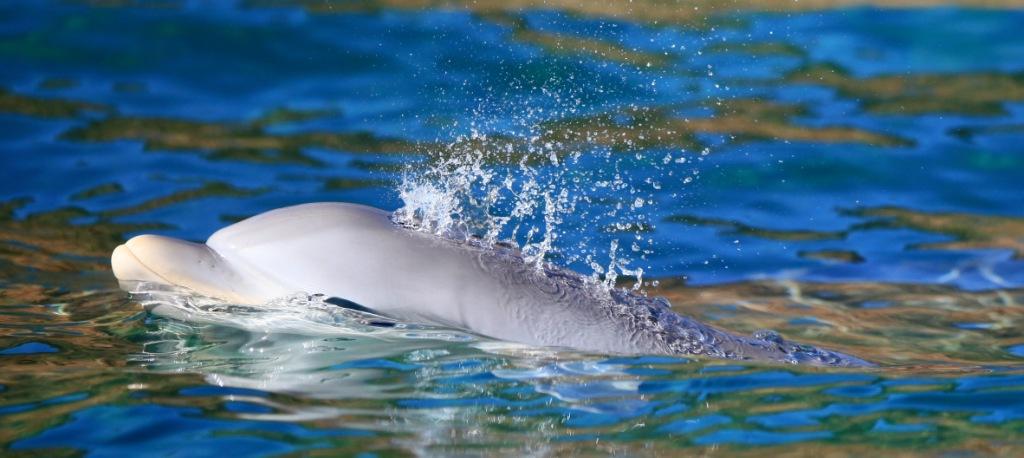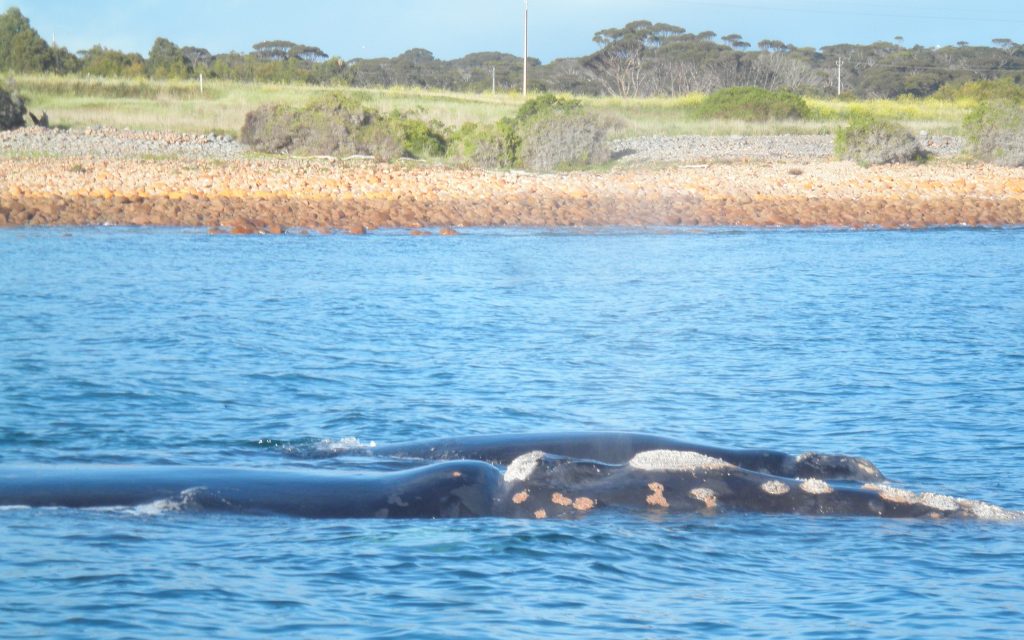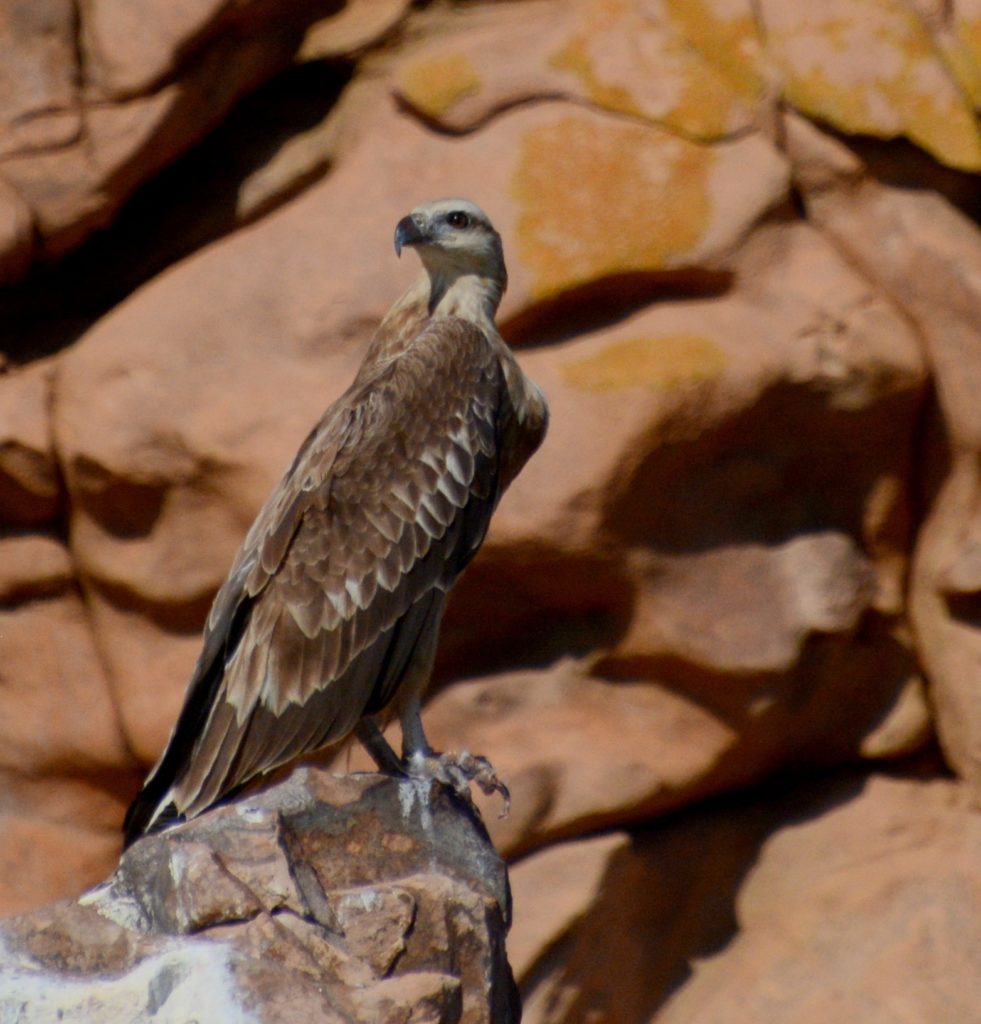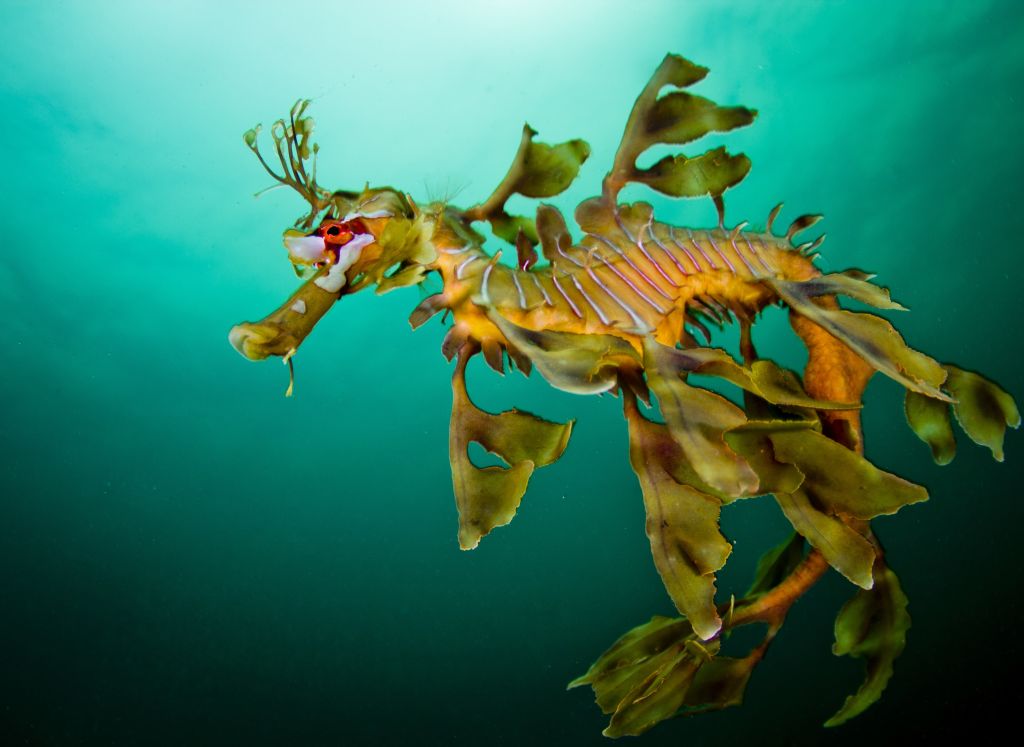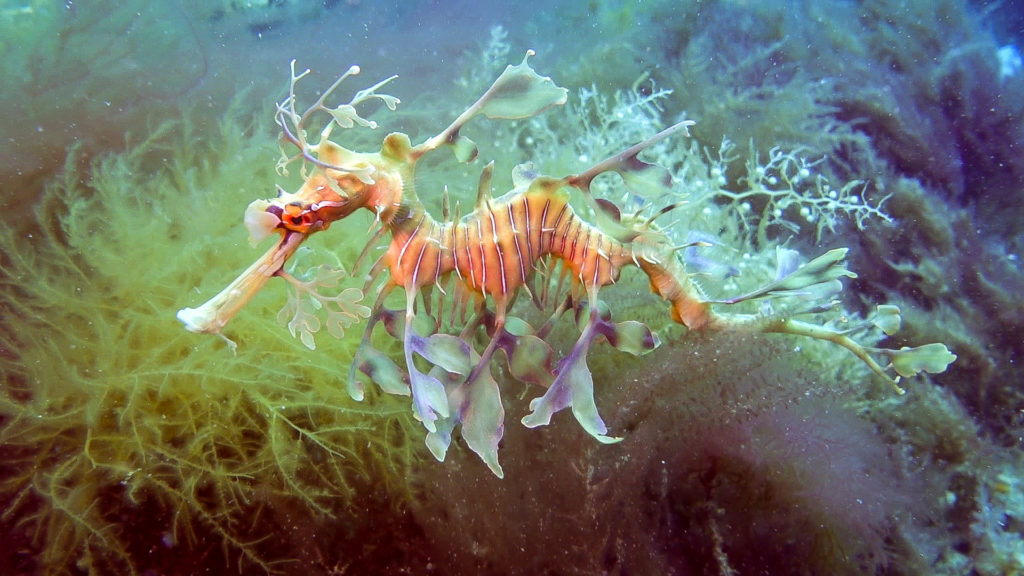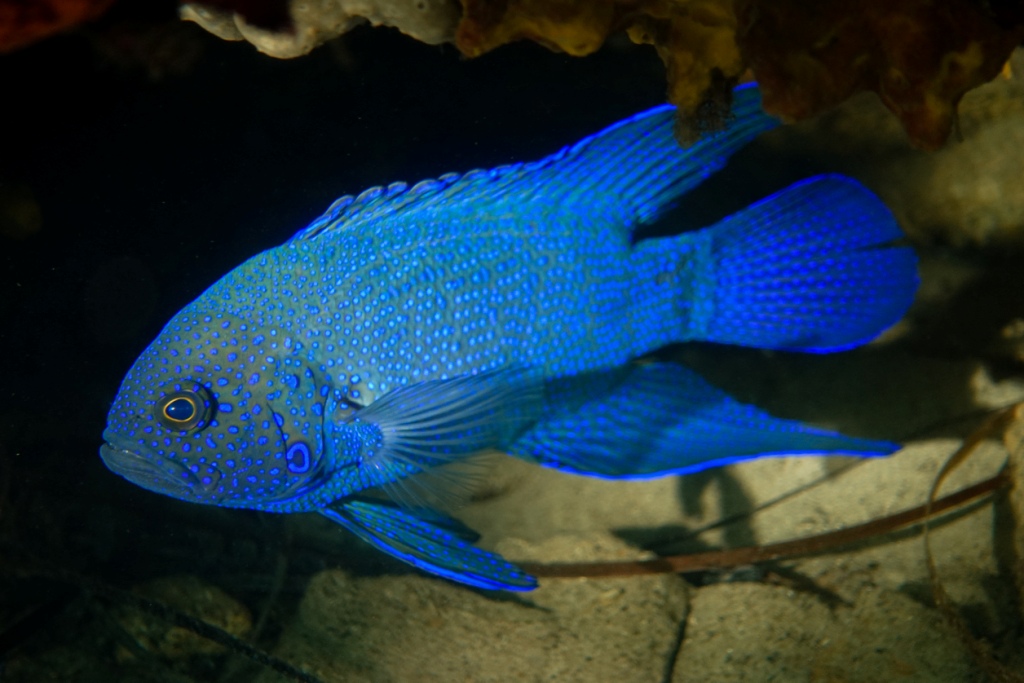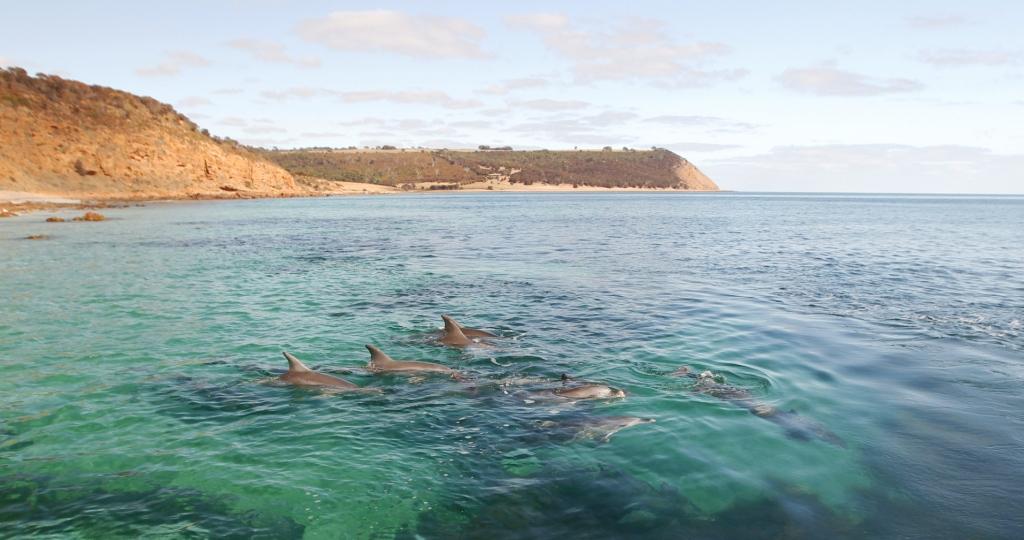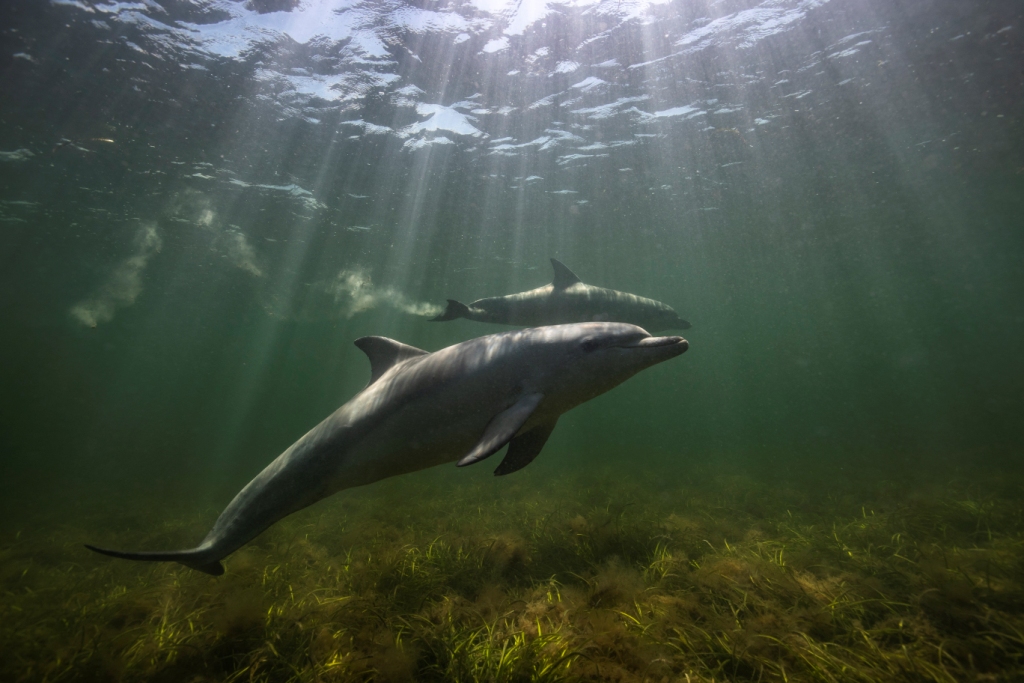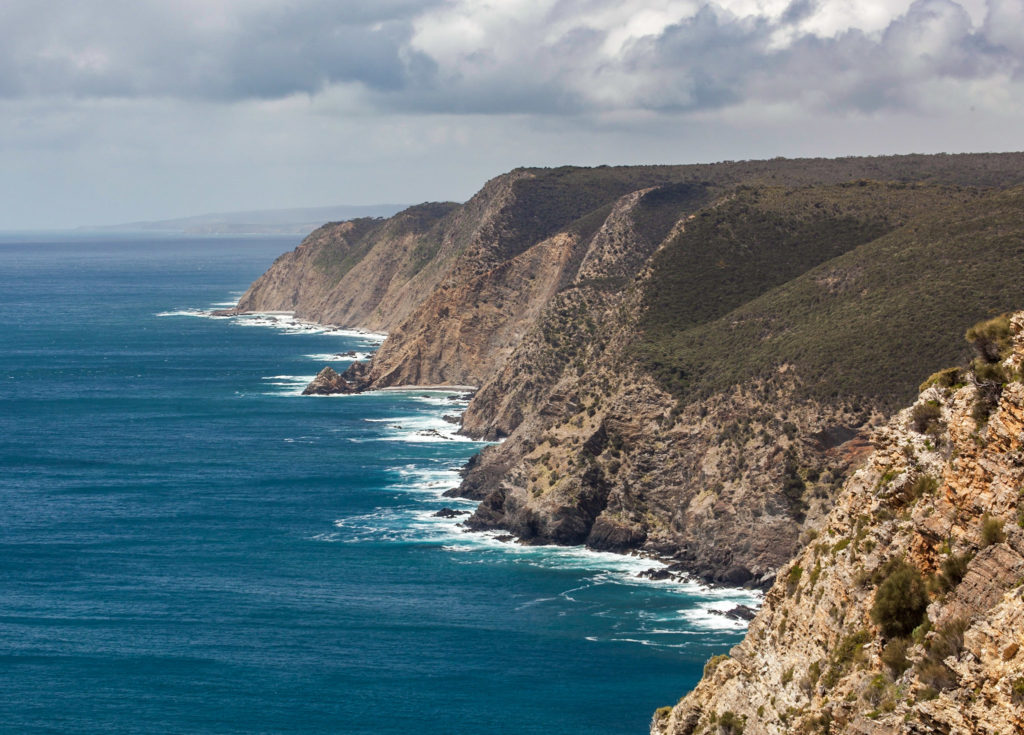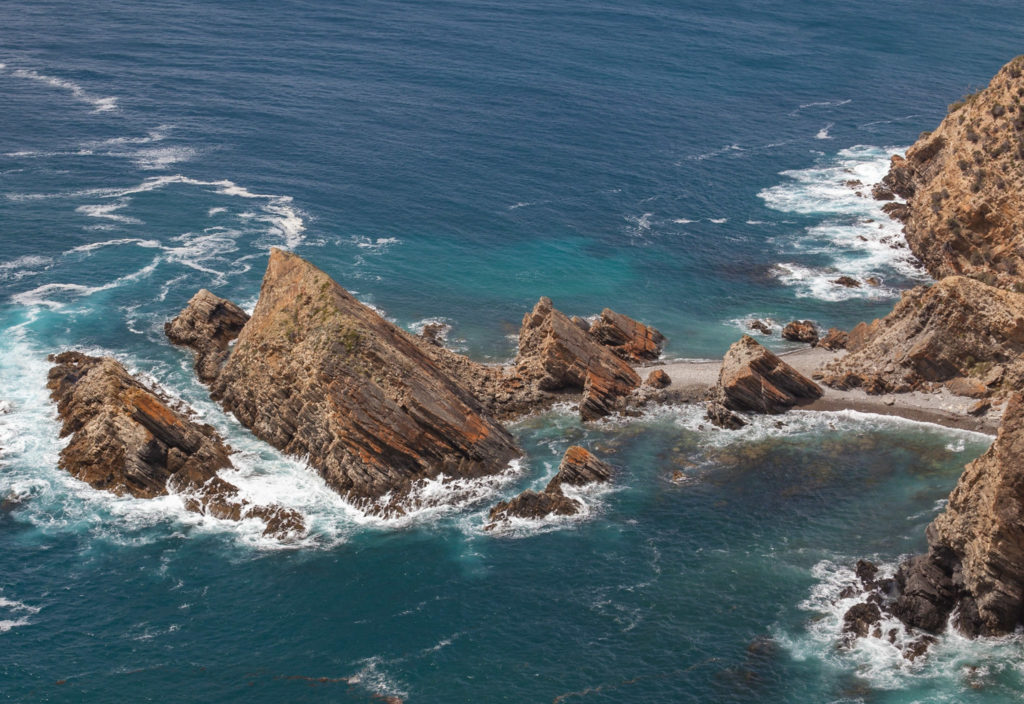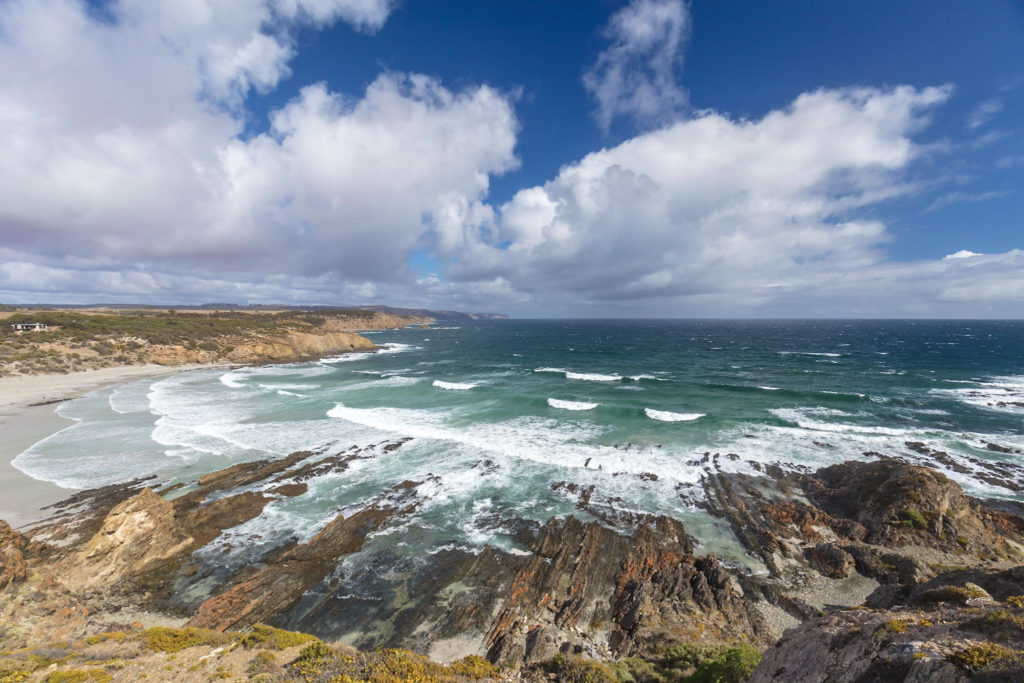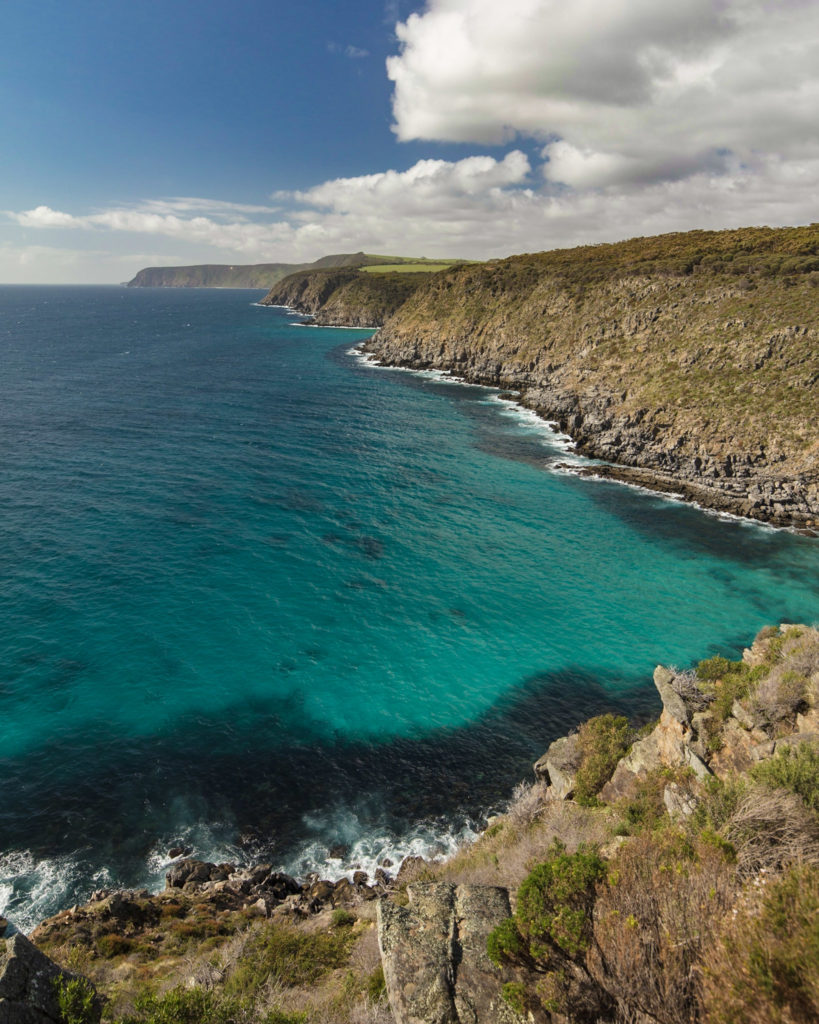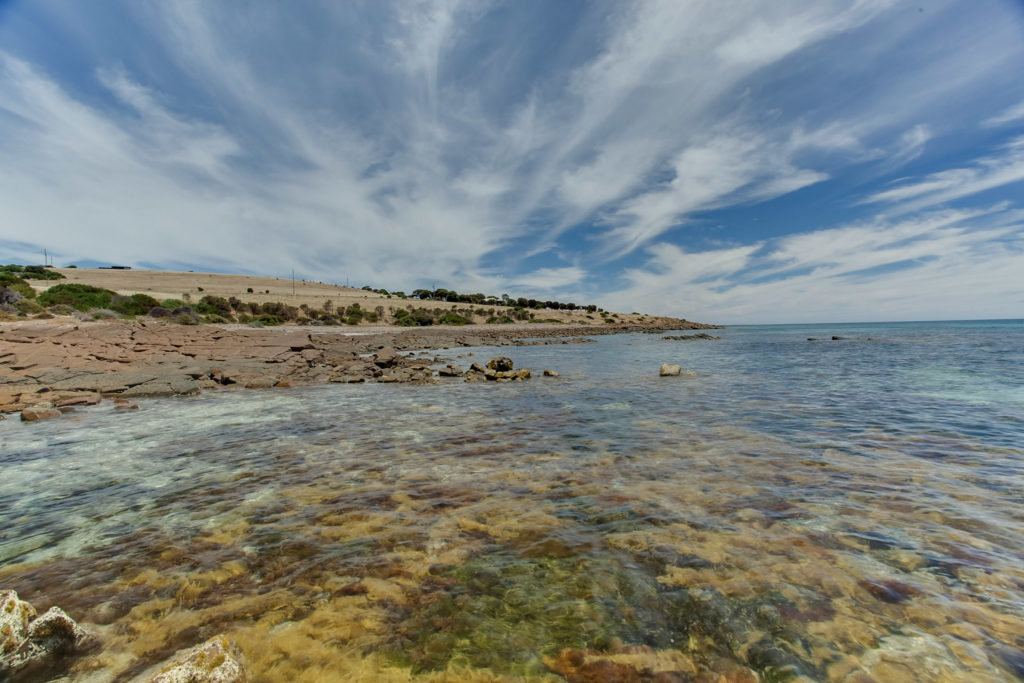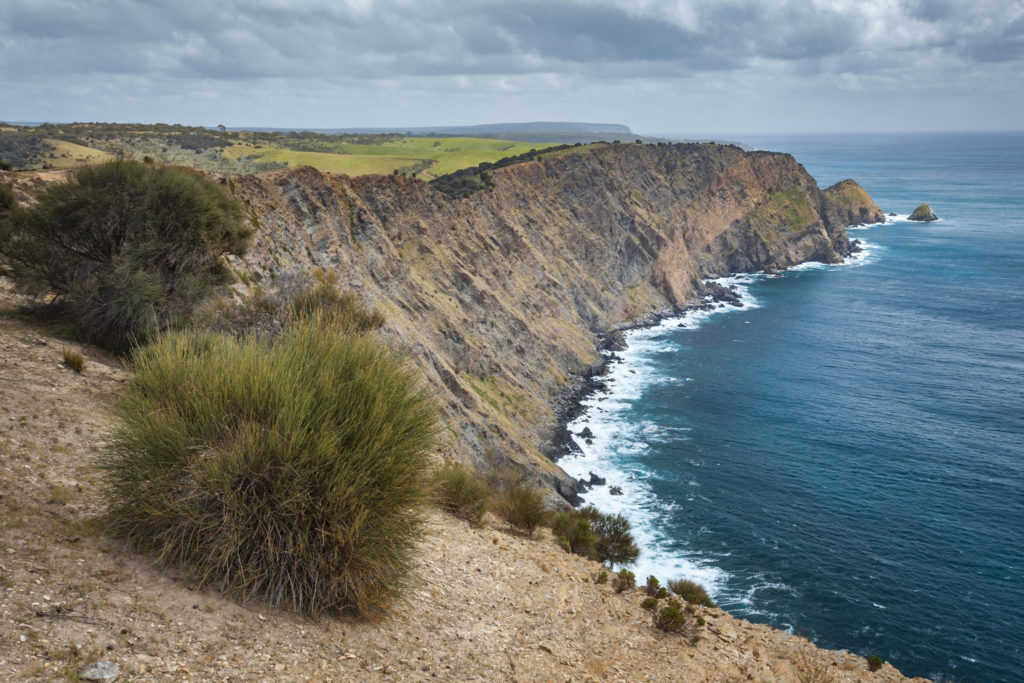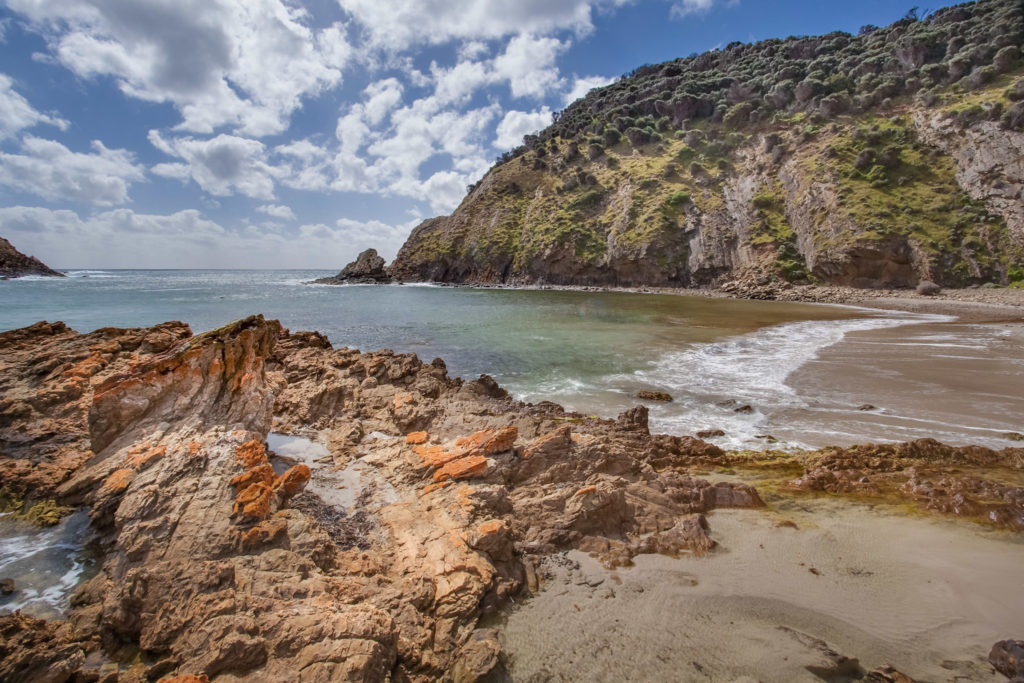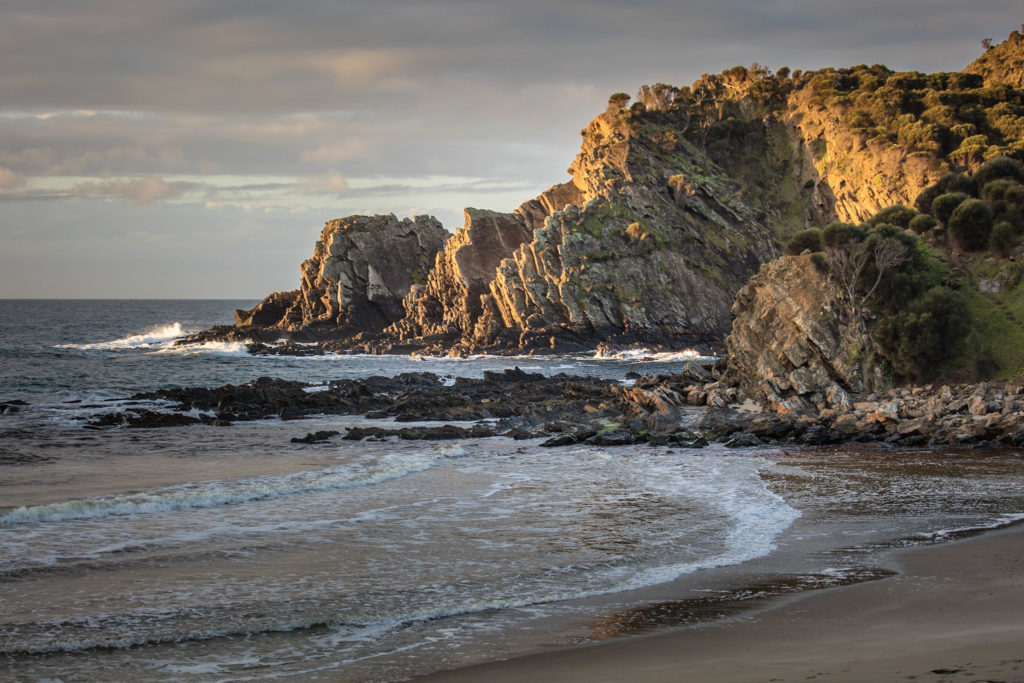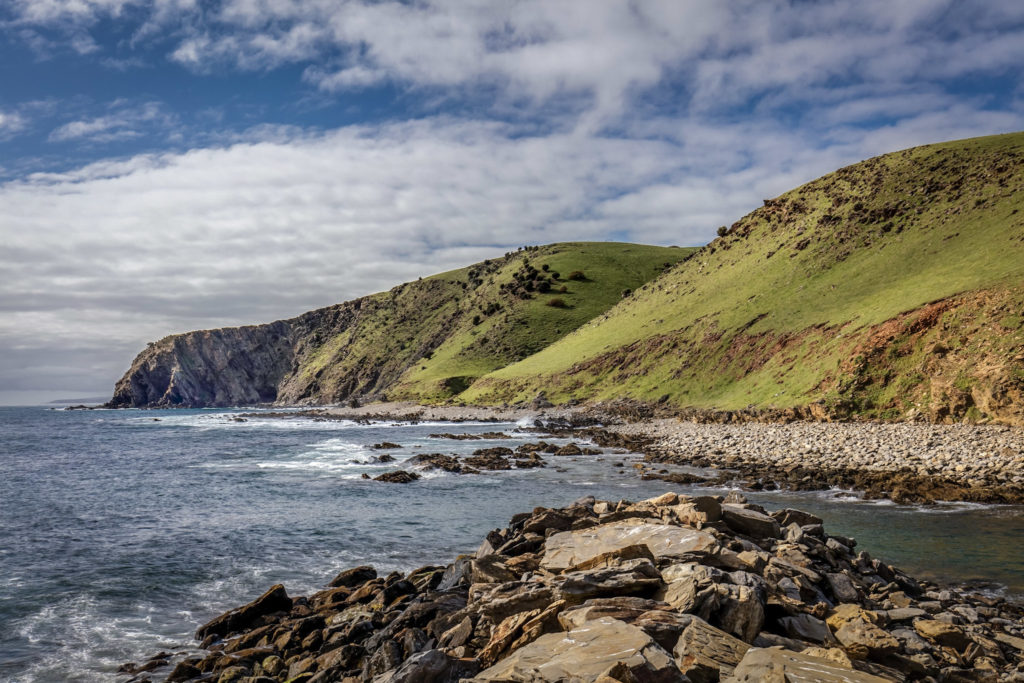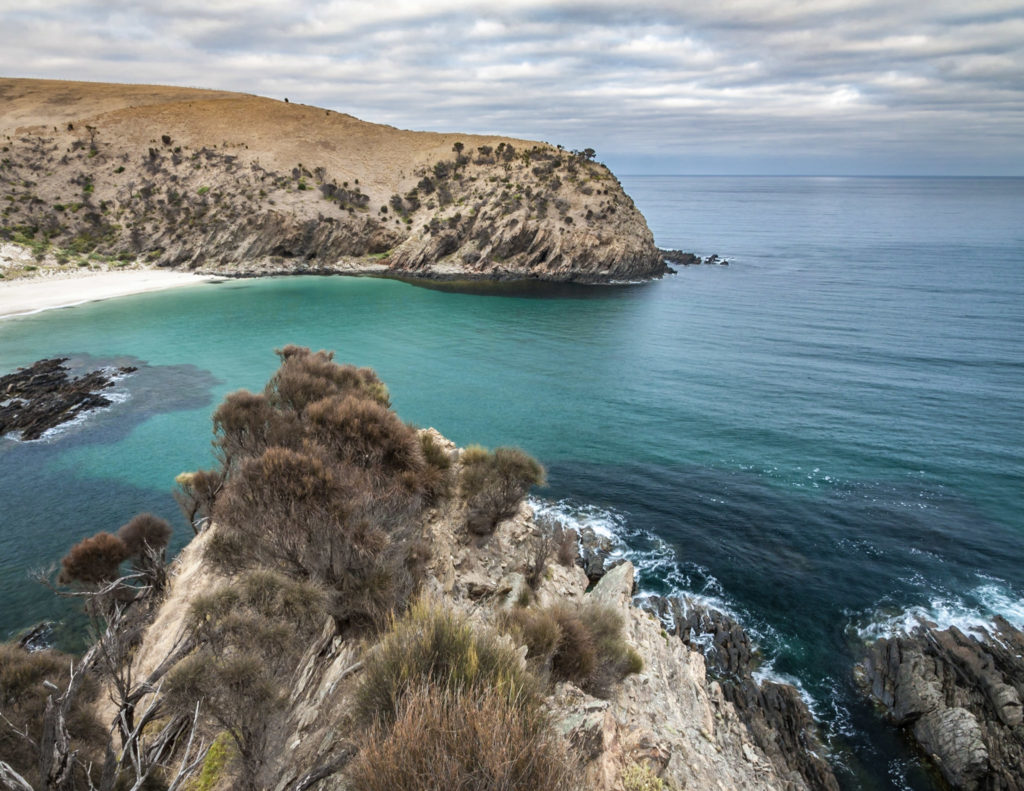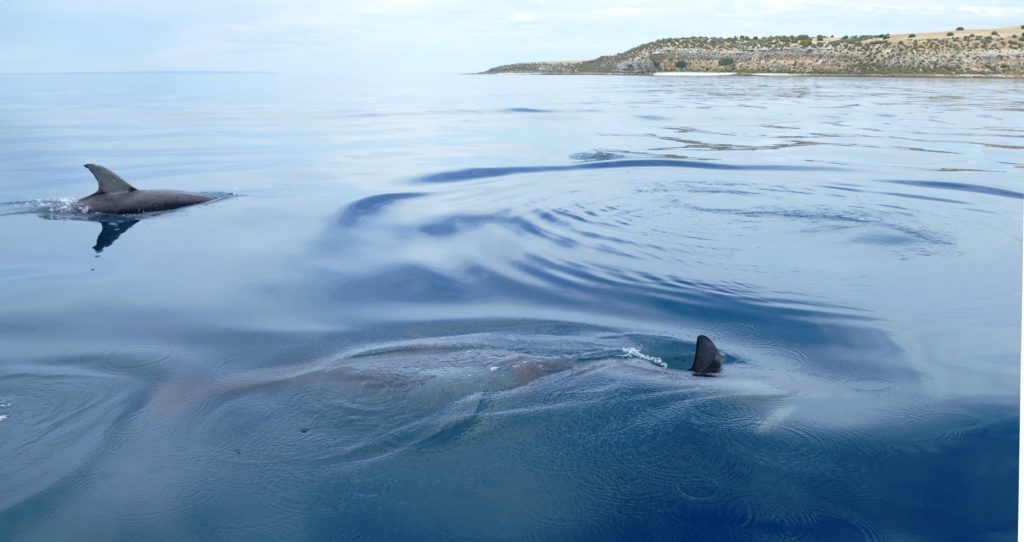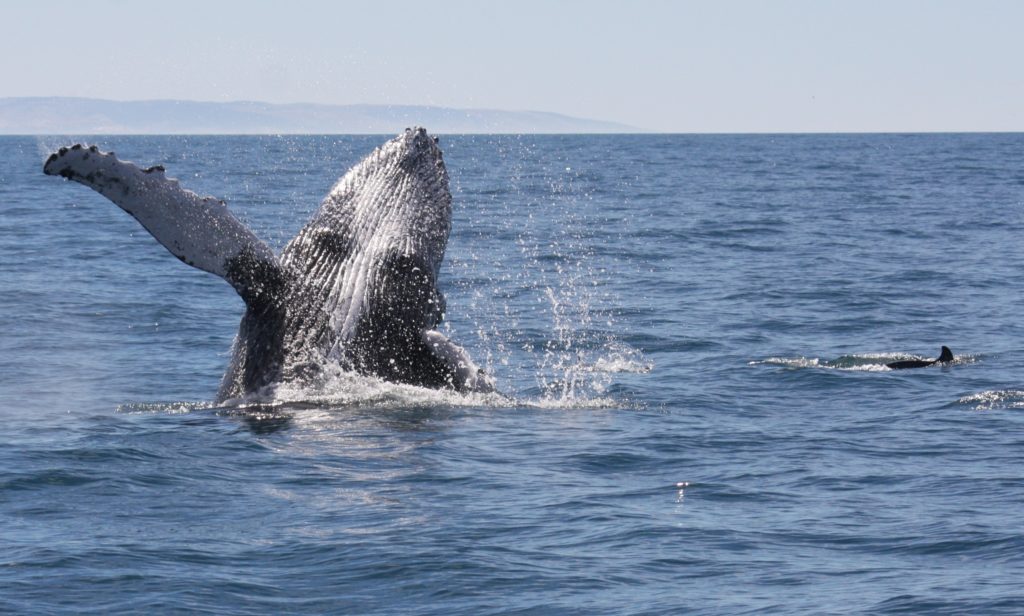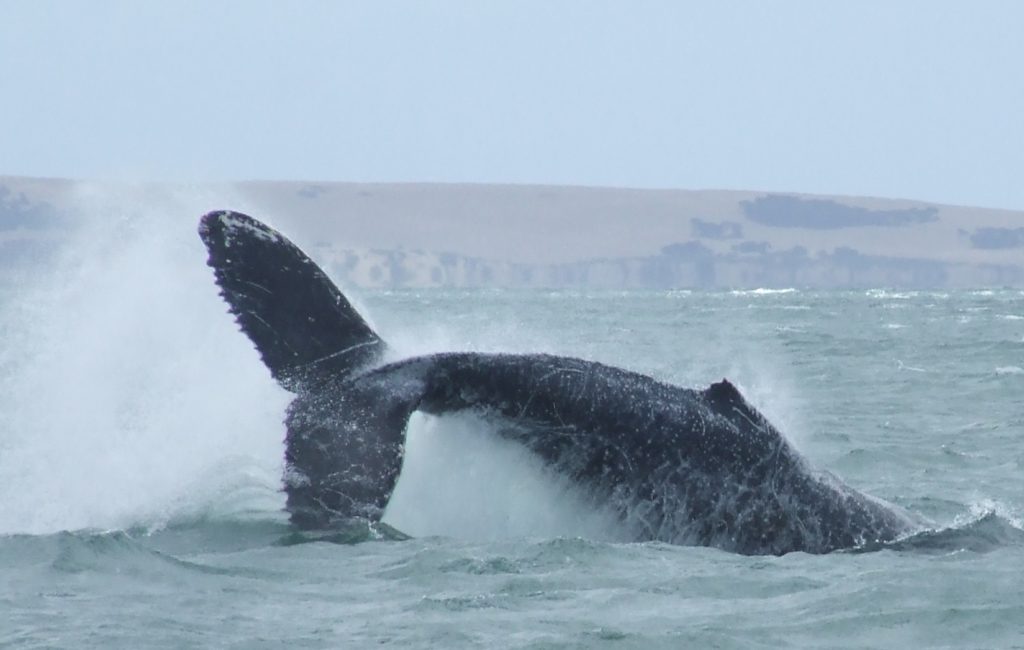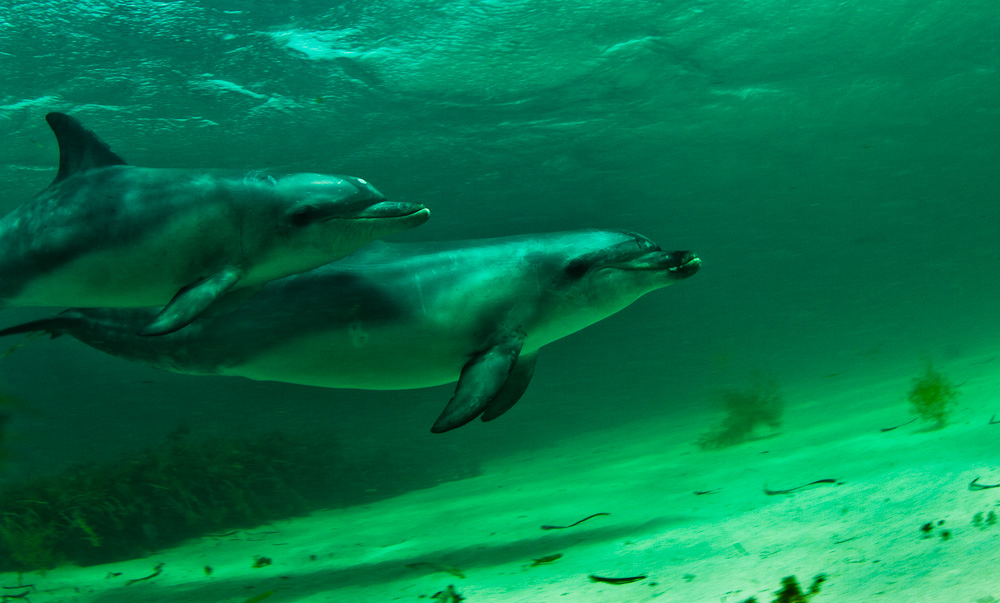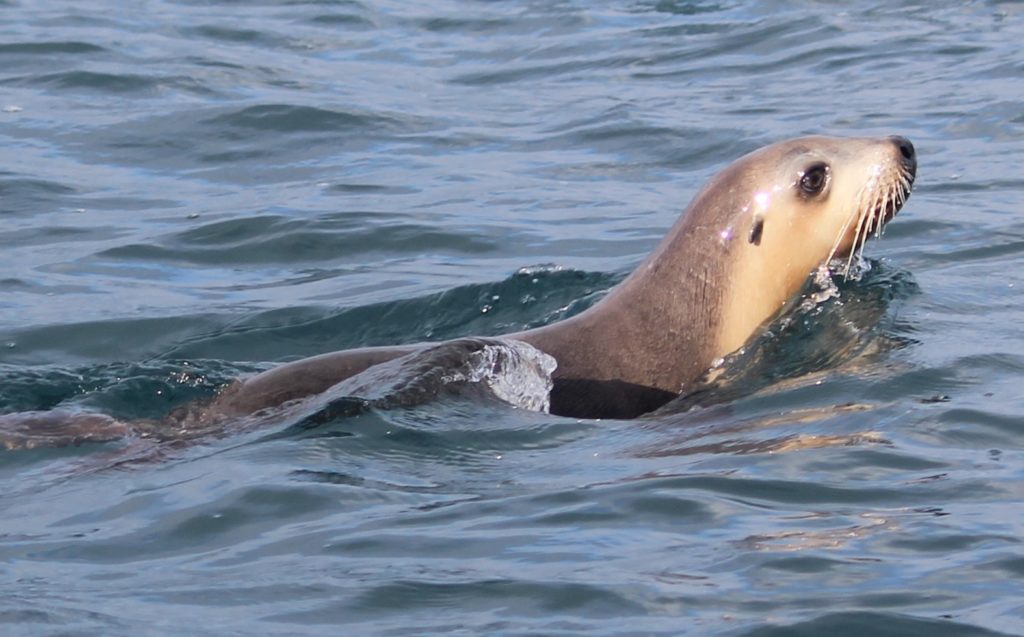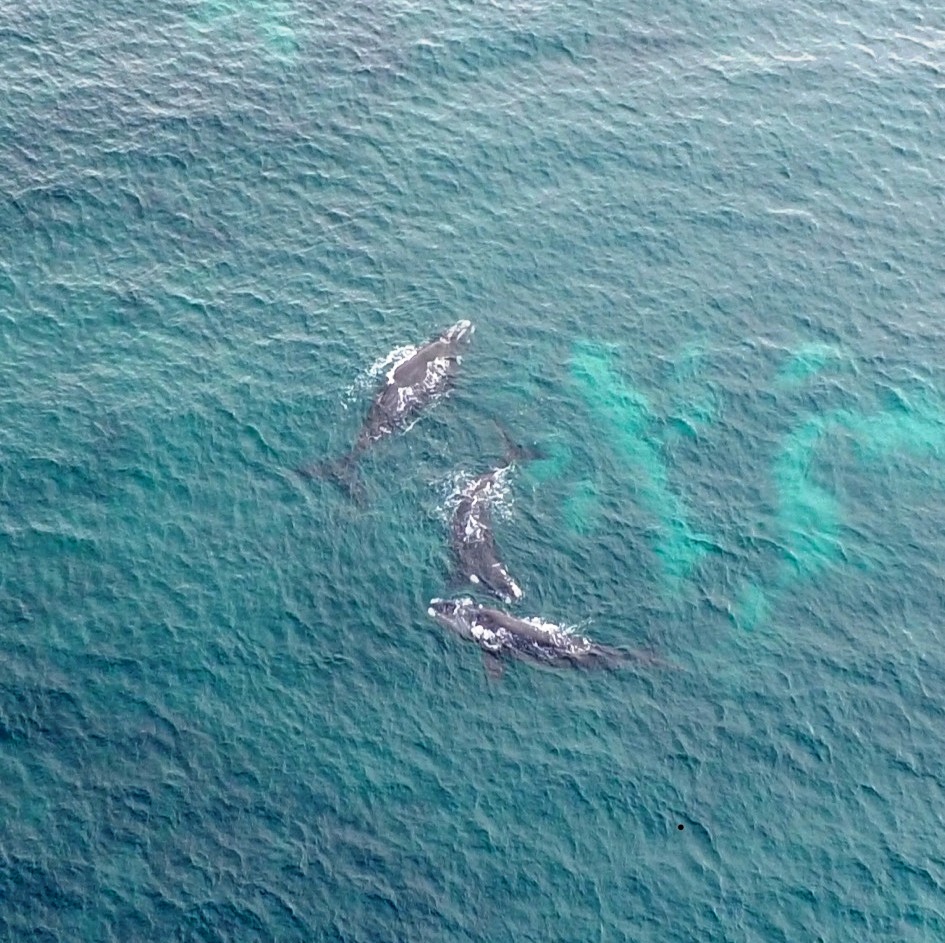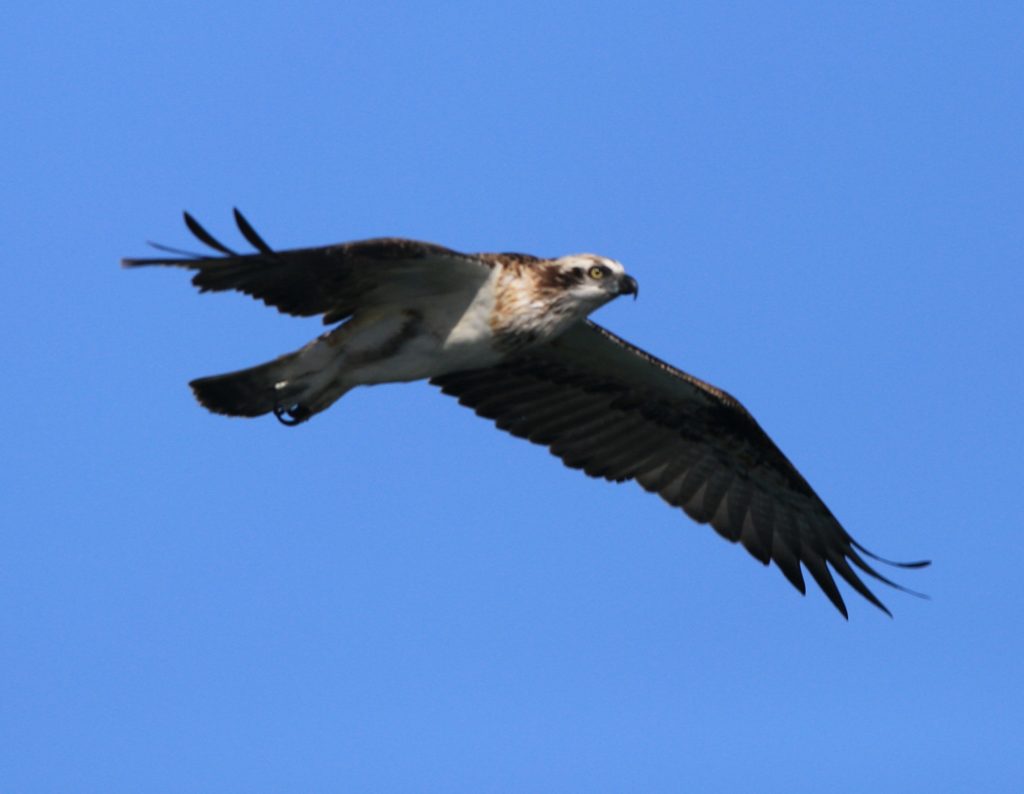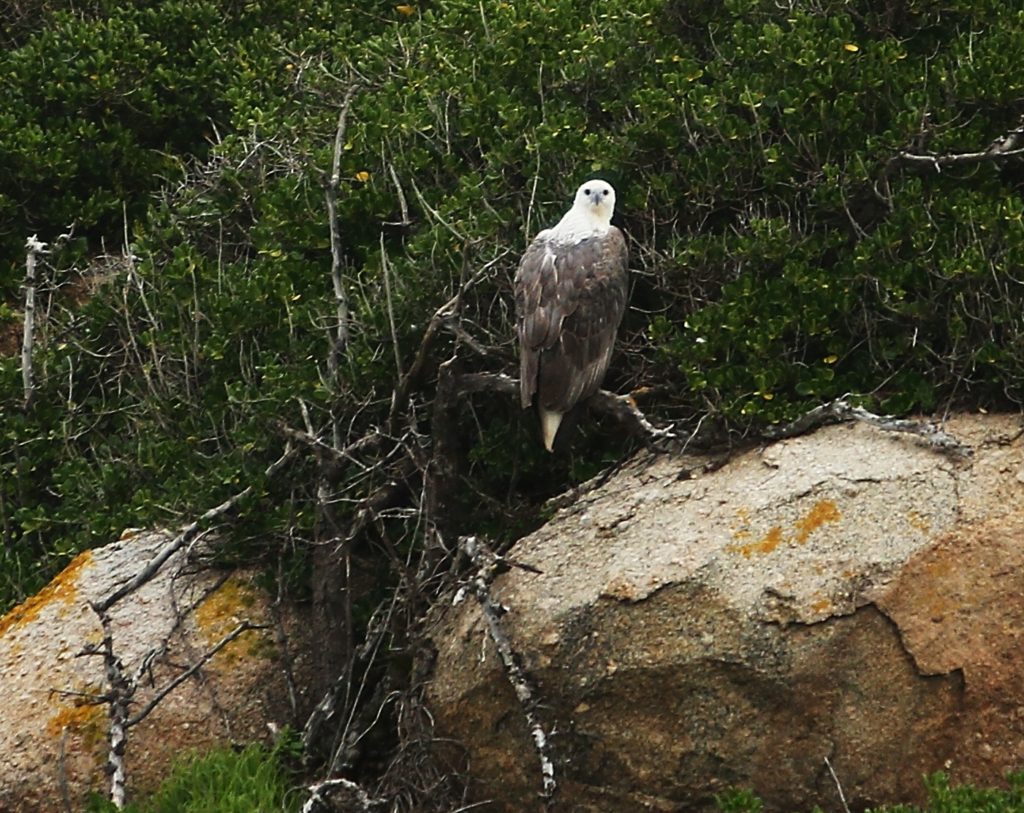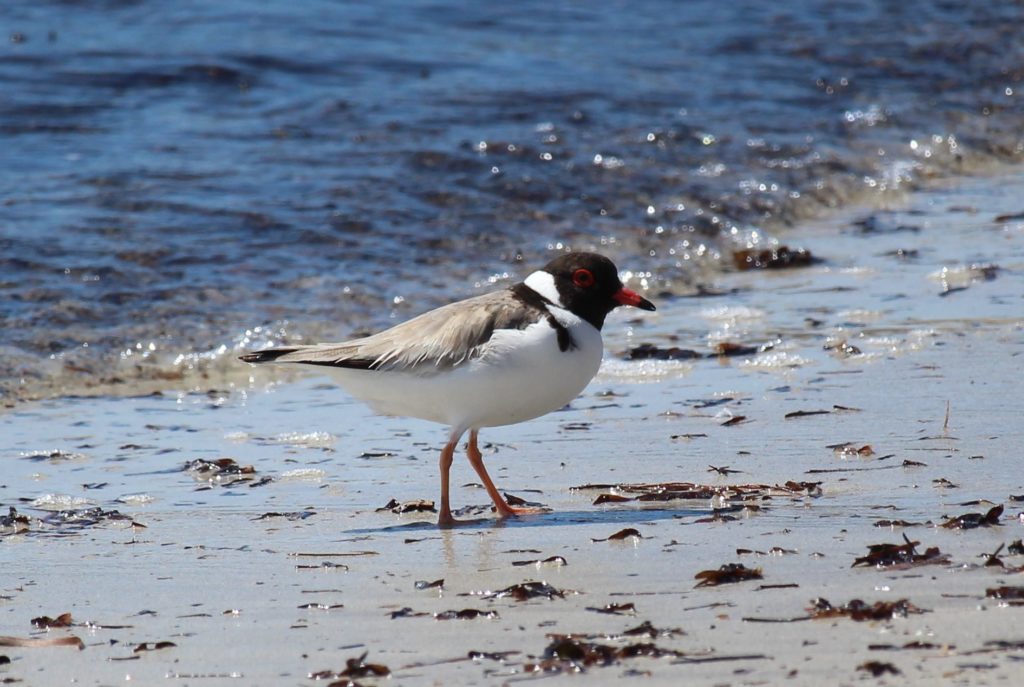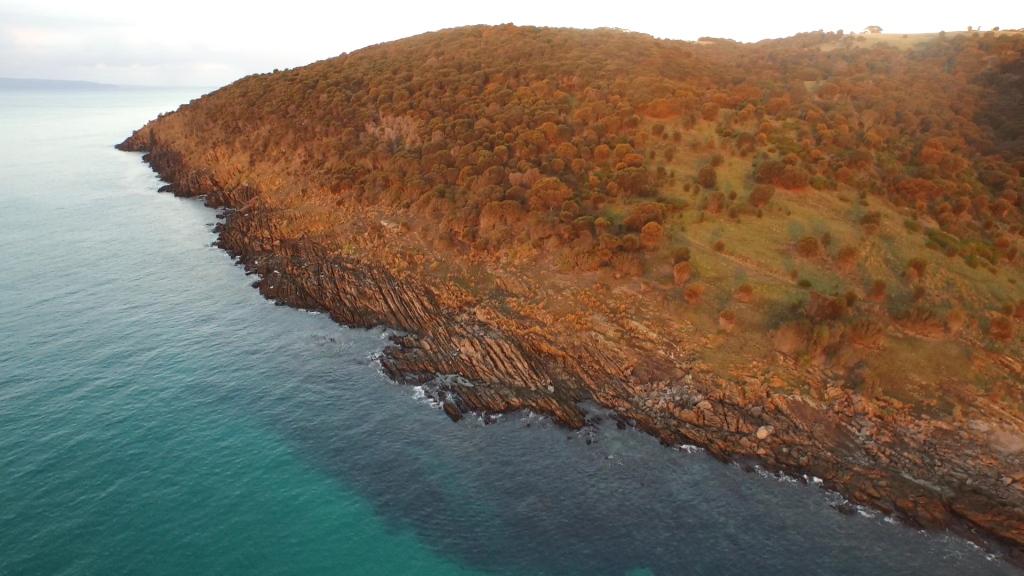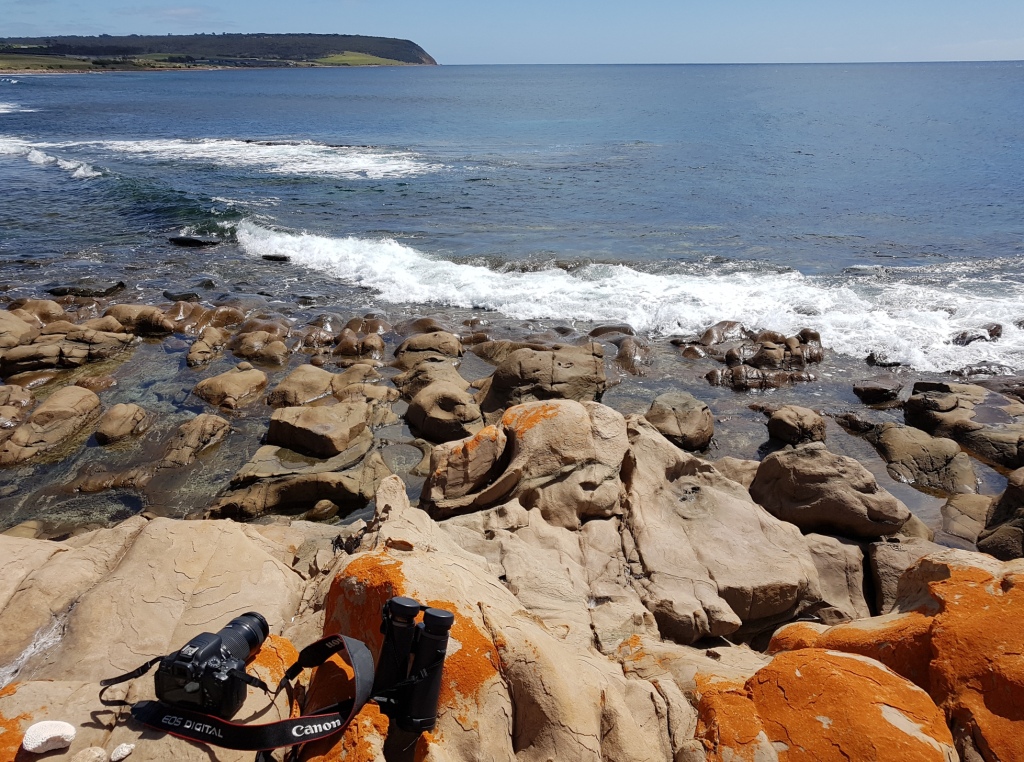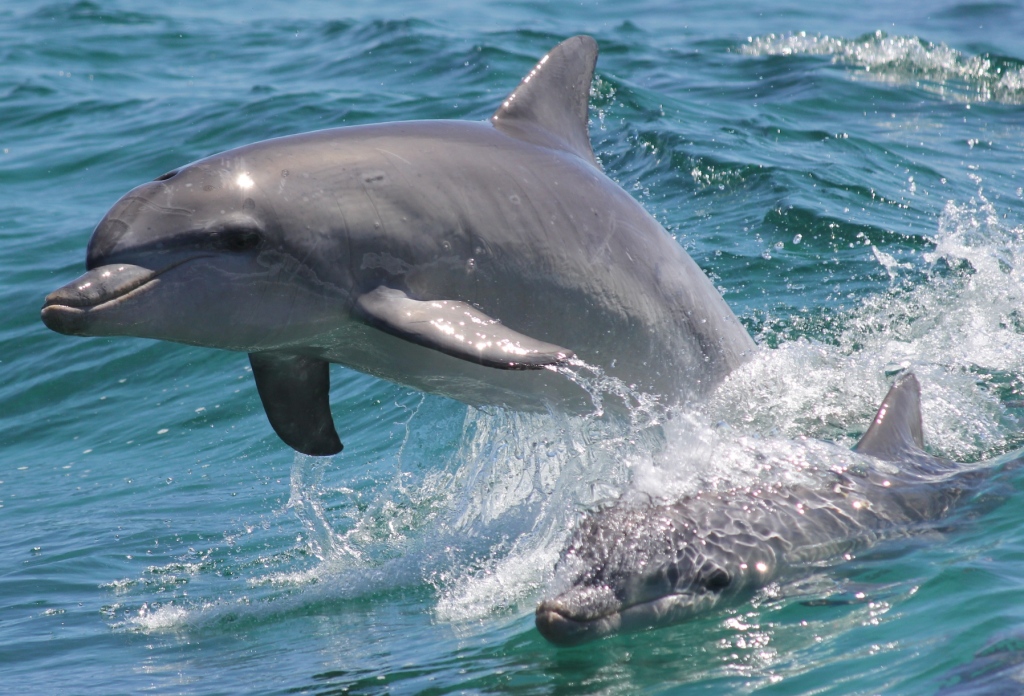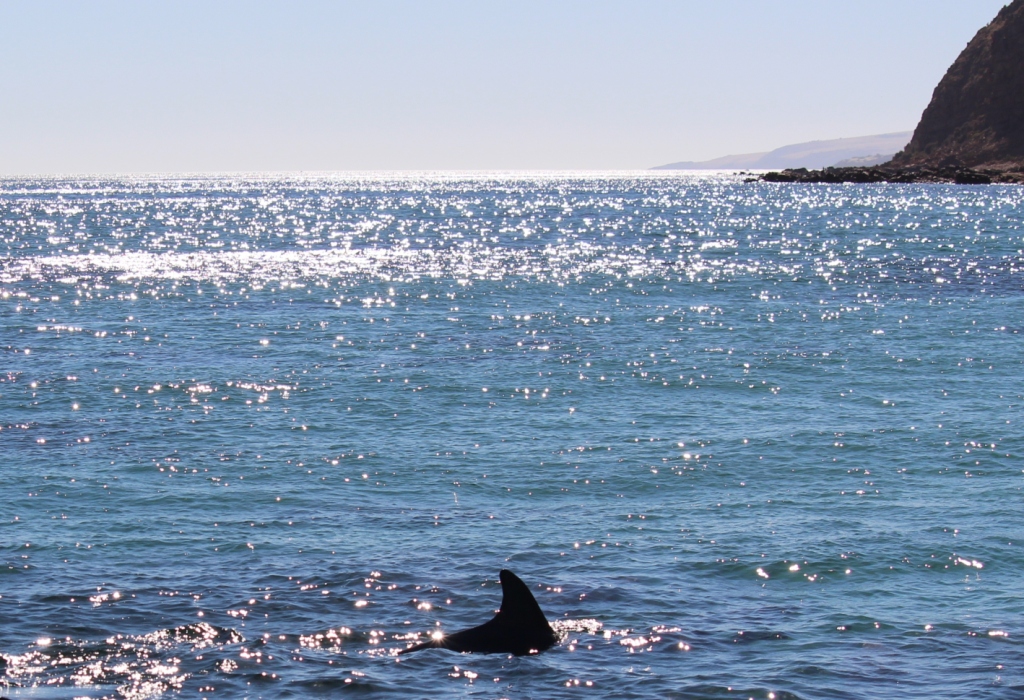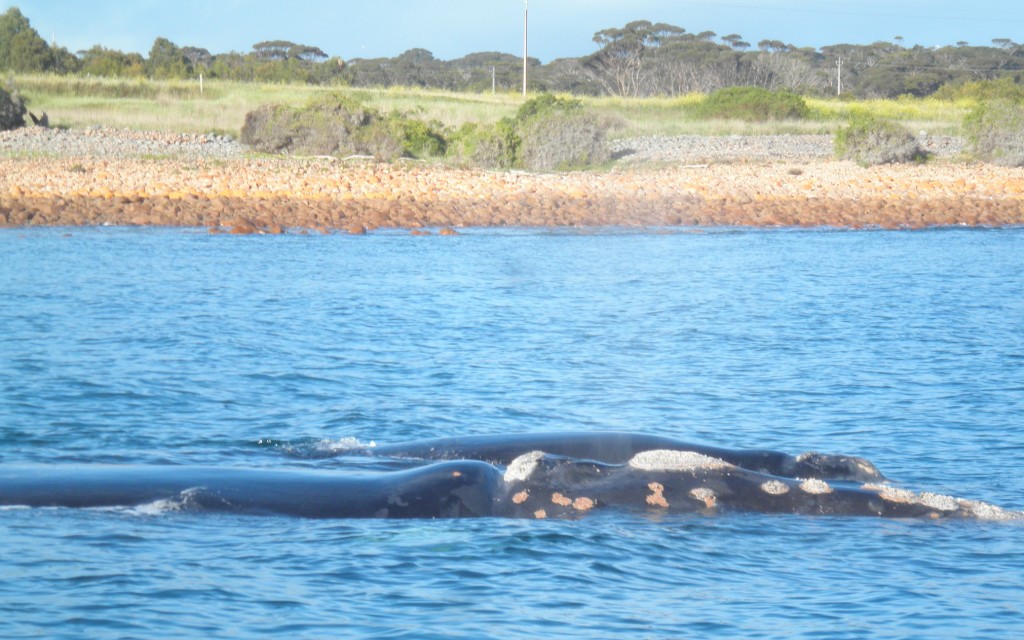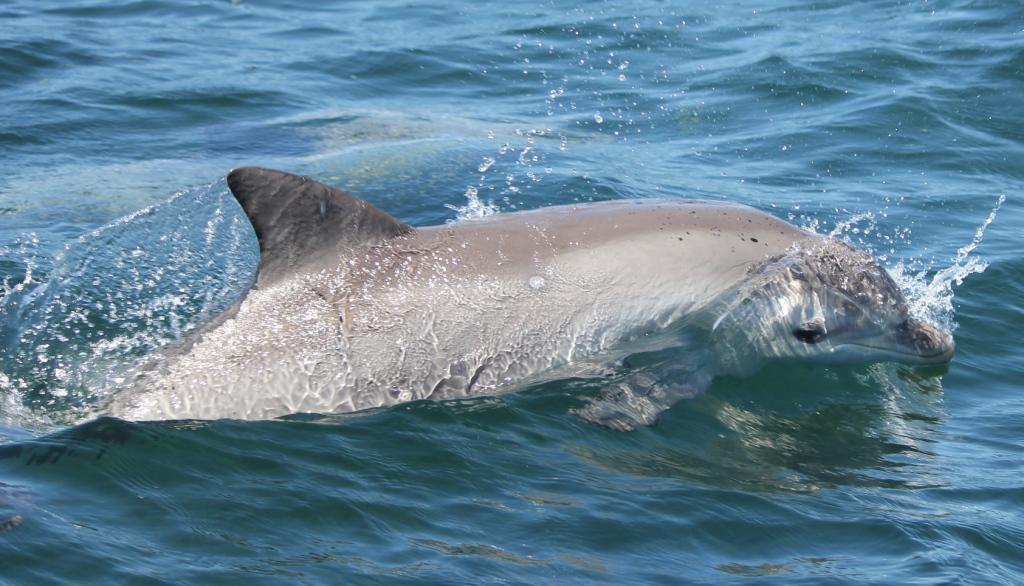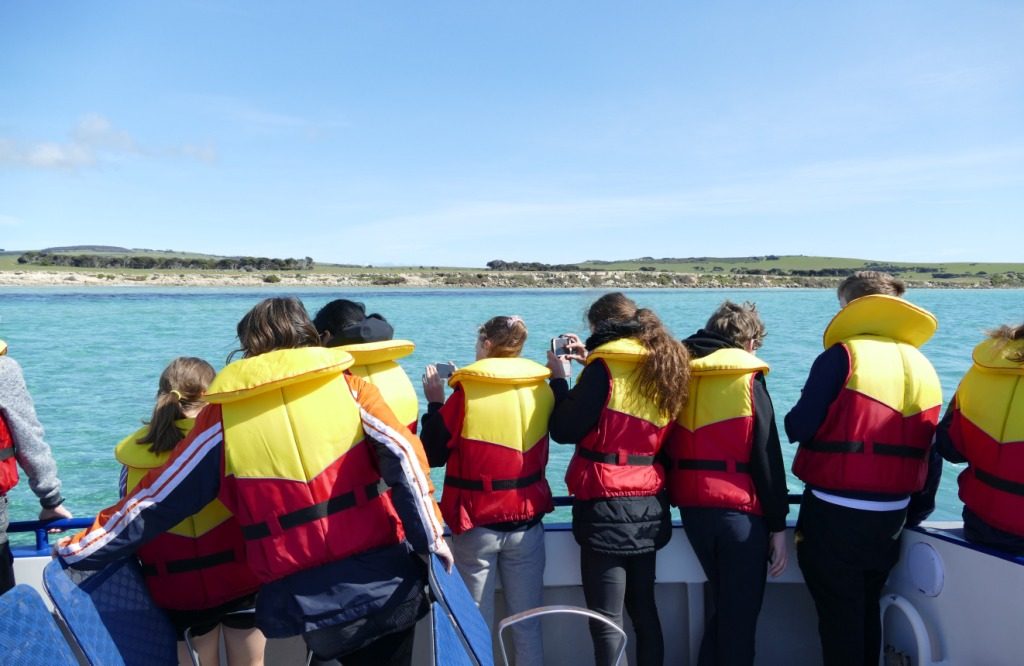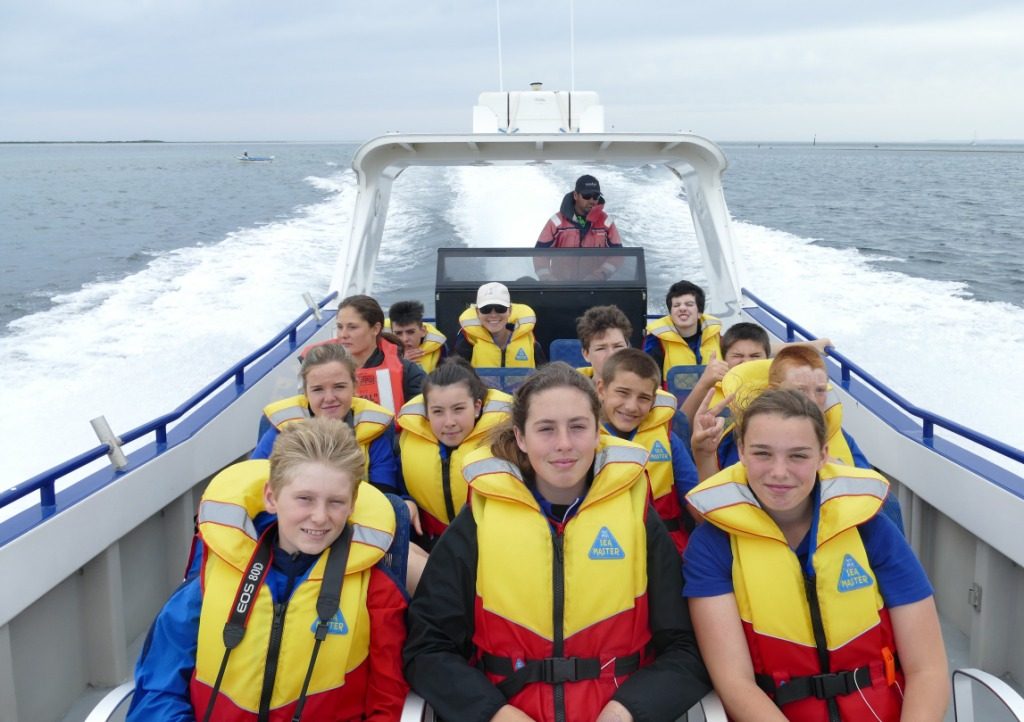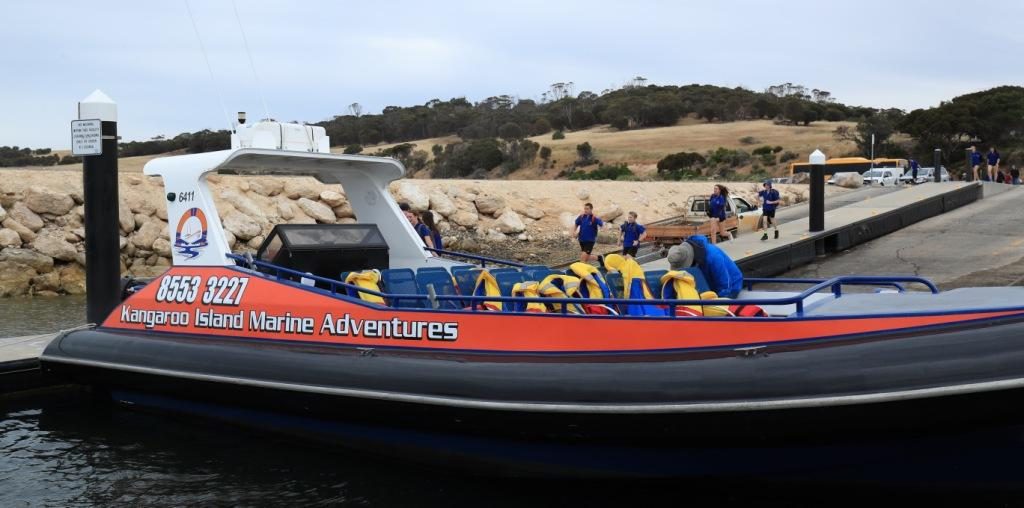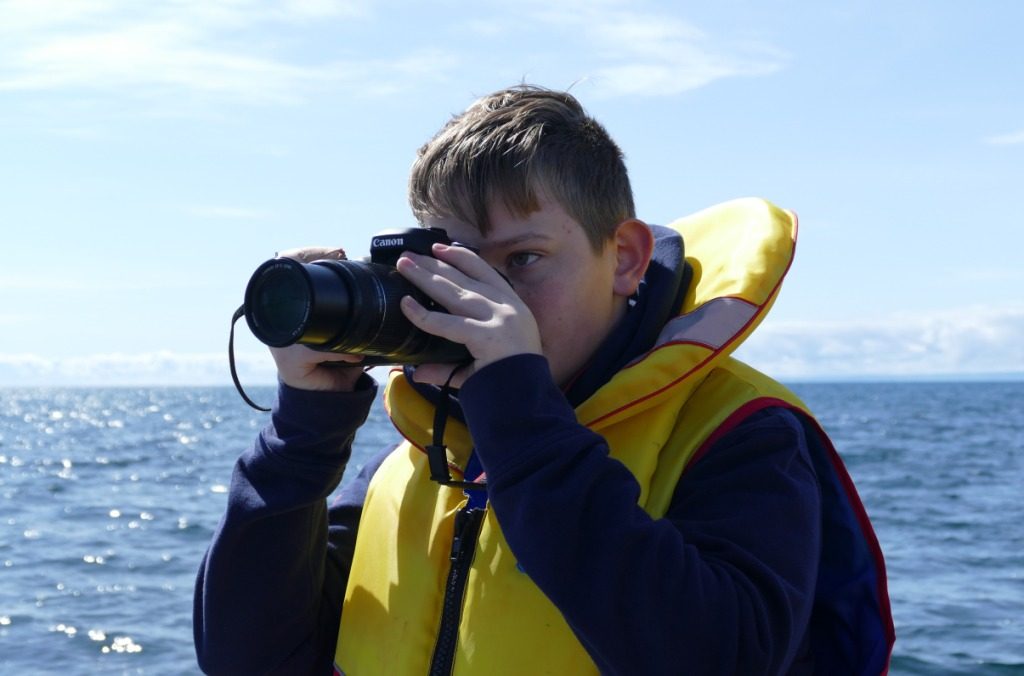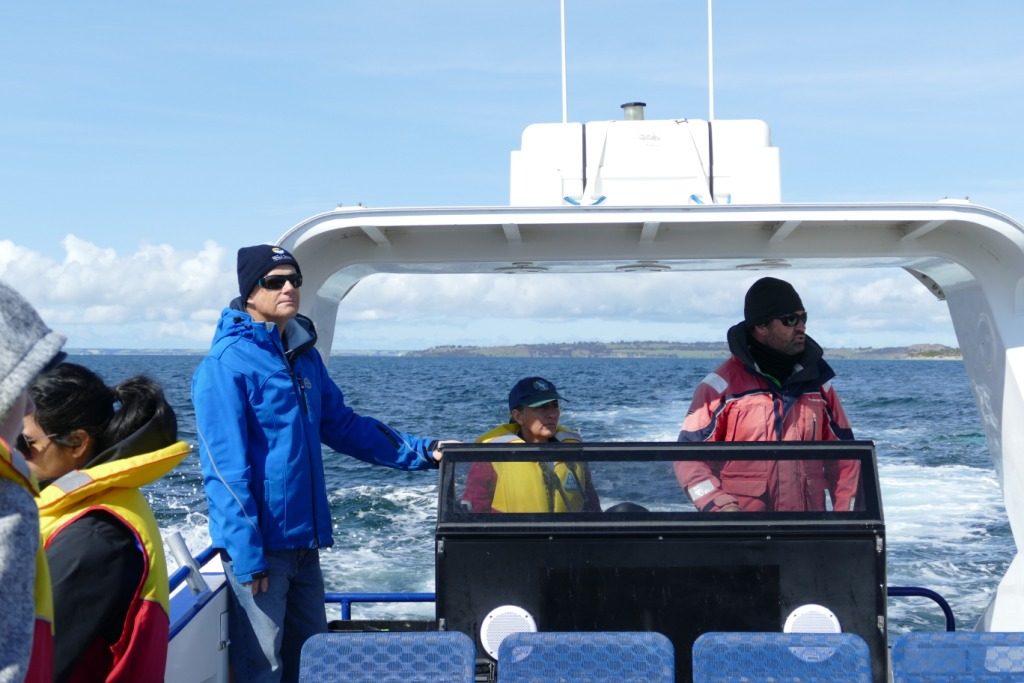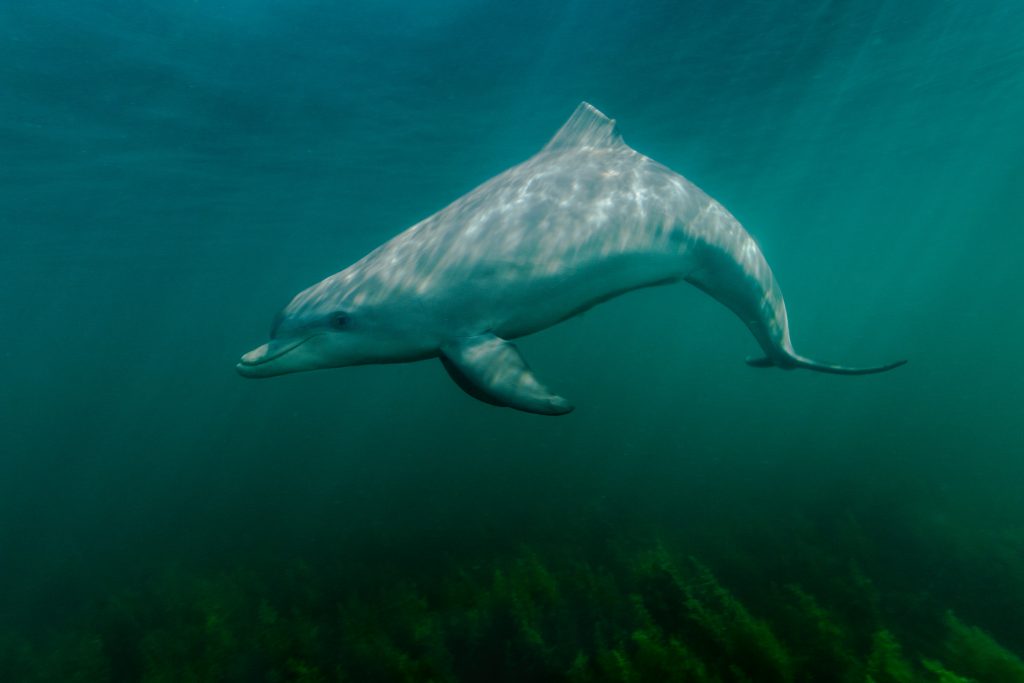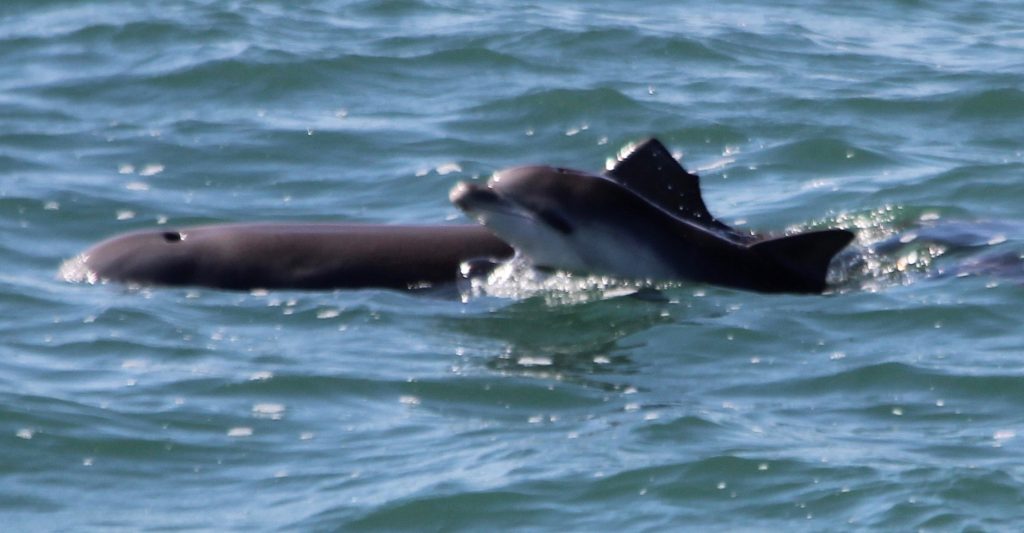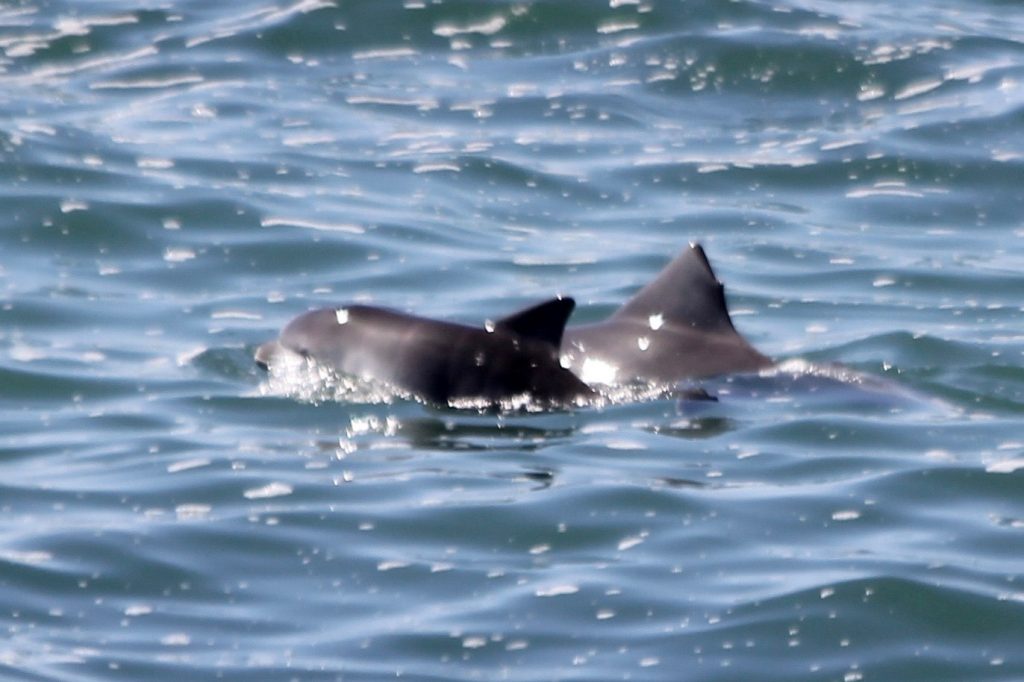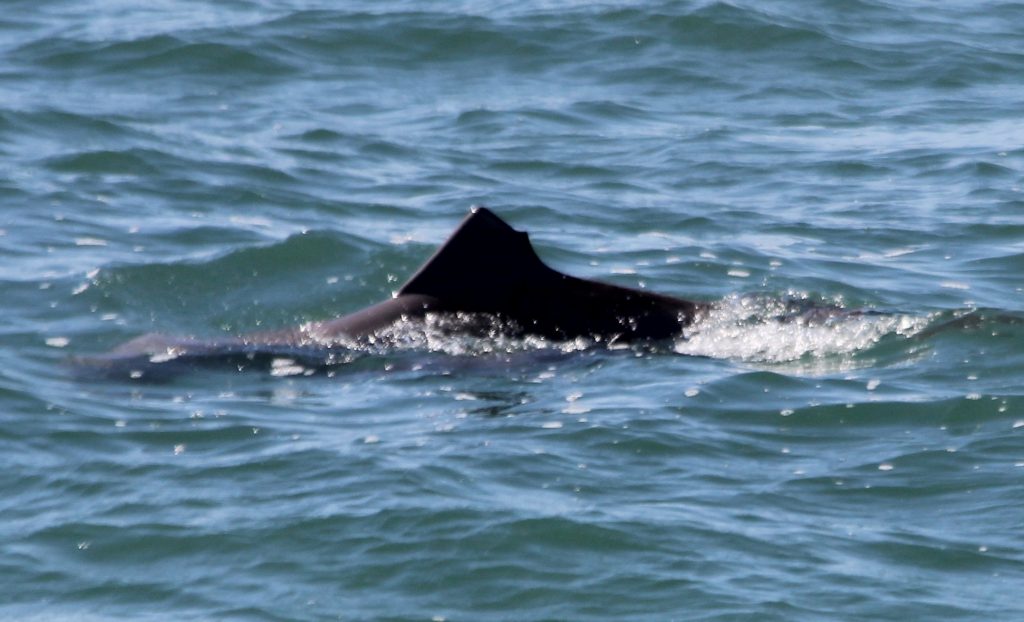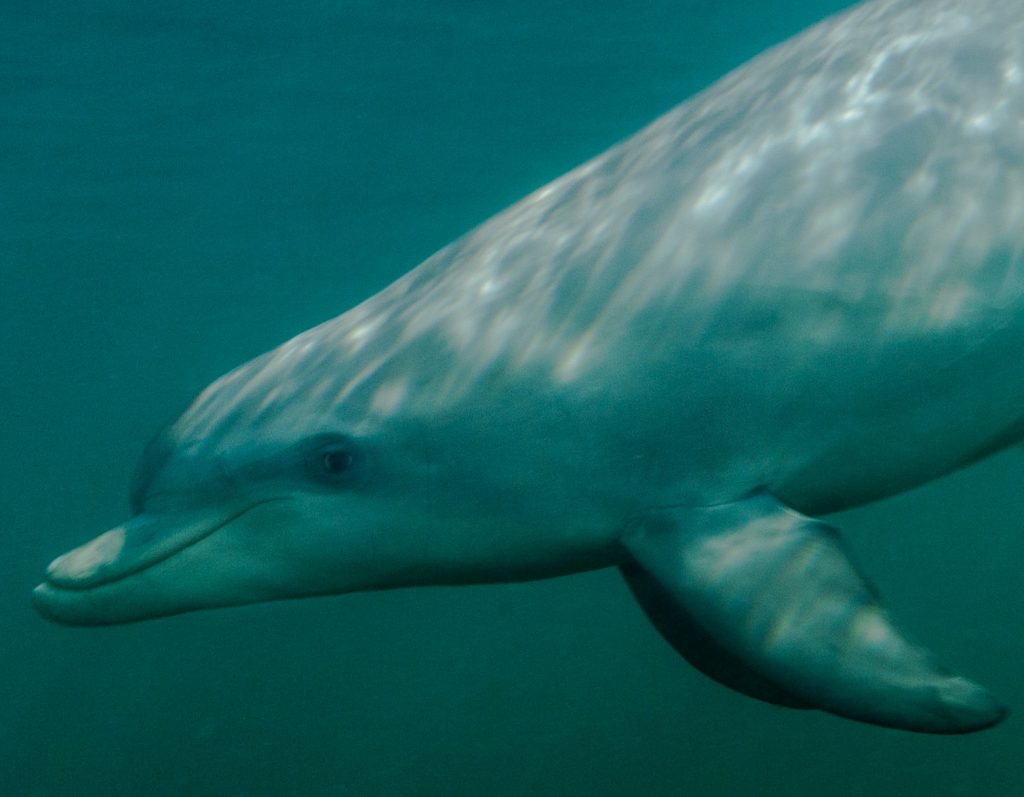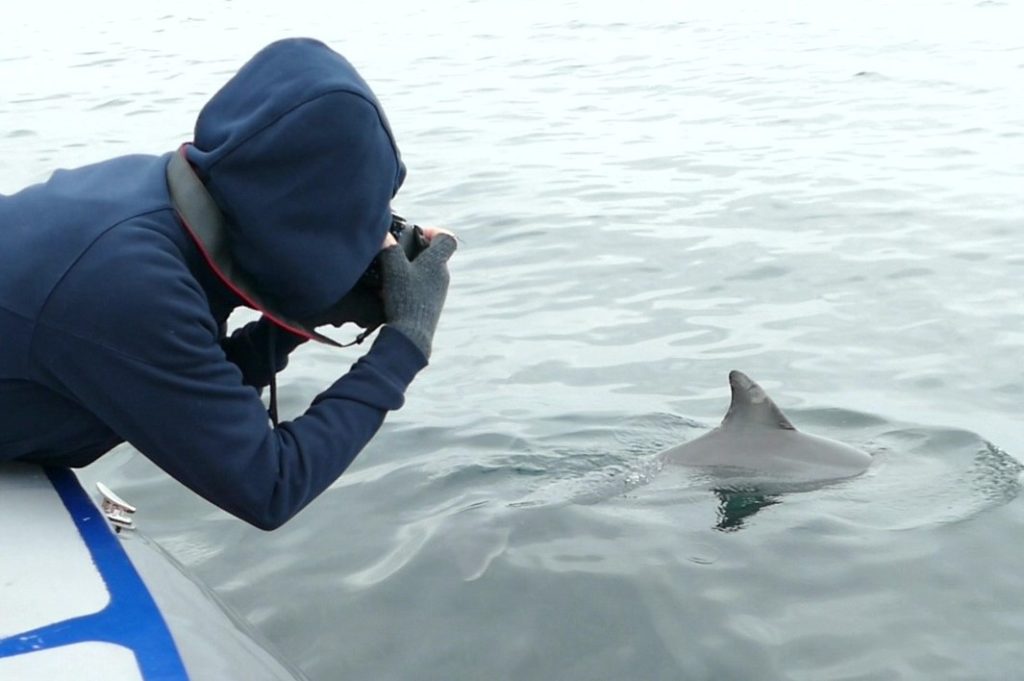
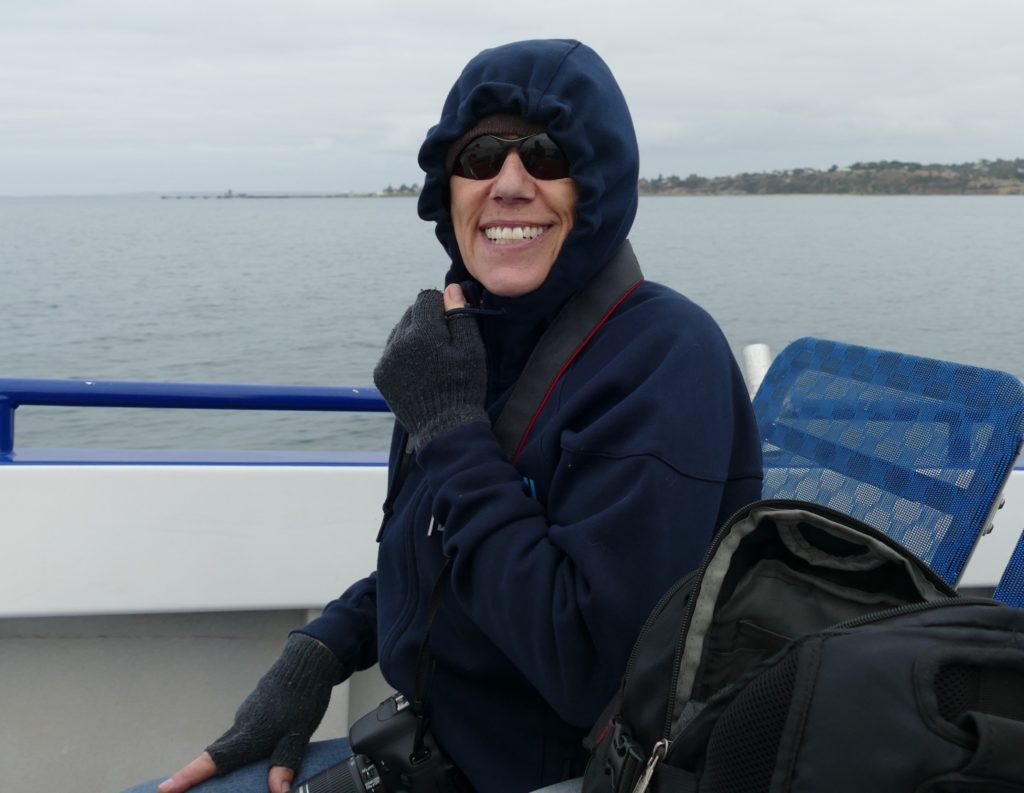
“My Dolphin Watch Experience
I can honestly say that joining Kangaroo Island / Victor Harbor Dolphin Watch (KI/VHDW) is changing my life for the better.
And there are several reasons for that.
Most of my life has been spent on, in or close to the ocean; boating, fishing, scuba diving, swimming or quite simply sitting.
With a love of all things marine, moving to Australia on the very last day of 1998 was an easy choice. On previous trips to this great country, I had spent treasured time on liveaboards on the Great Barrier Reef, diving, and snorkelling, enjoying the amazing sea-life.
And in the years before, I had visited many wonderful dive sites around the world, including Turkey (Bodrum) and Israel (Eilat). Amongst the glorious marine creatures I encountered, dolphins were always the most special.
Working as a marine scientist would have been my dream but, unfortunately, science wasn’t really a thing at my school way back when! So, I take every opportunity I can to get involved with marine projects.
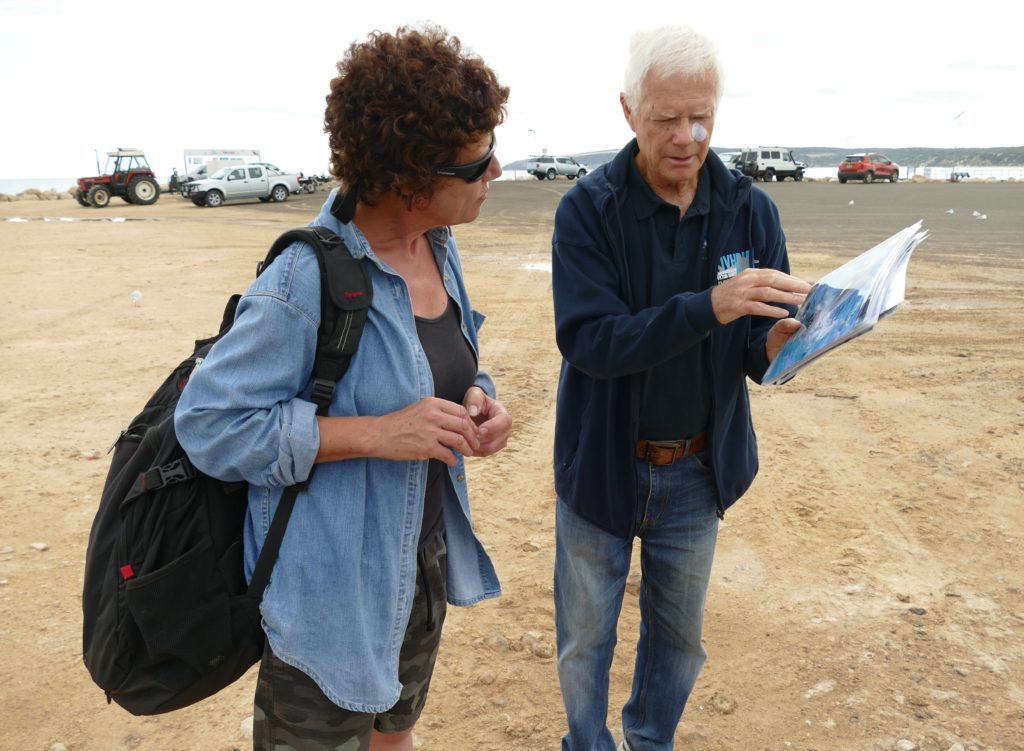
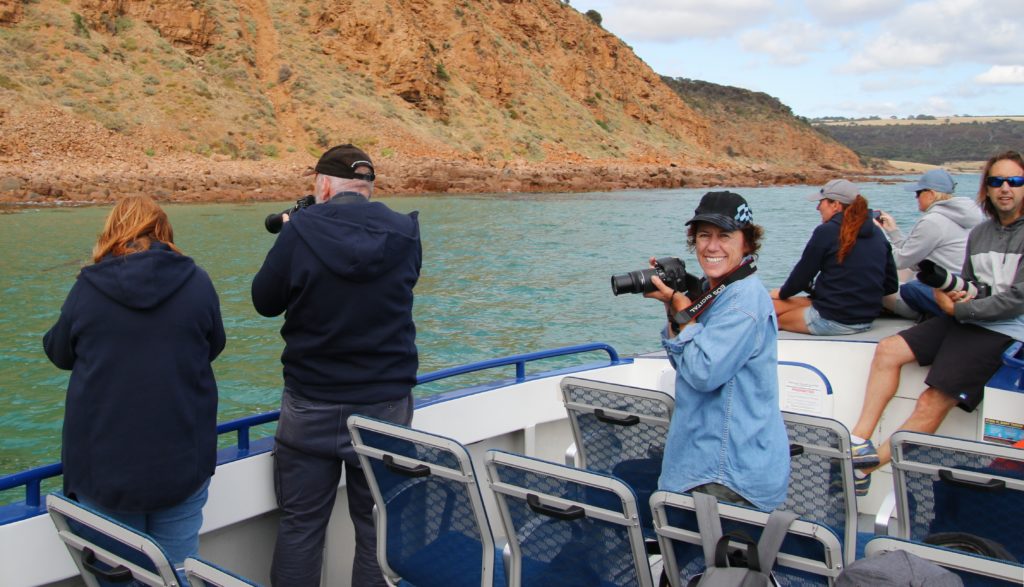
Getting involved
Arriving on Kangaroo Island in 2020, and discovering KIVHDW, was such a buzz, so exciting and a dream come true. I was given contact details for Phyll and Tony Bartram and, before I knew it, I was off on my first survey.
Taking part in these surveys has not only introduced me to the dolphins of KI but also to some of the nicest people I have ever met. People who feel more like family, who have welcomed and embraced me.
Recovering from cancer, I get so much out of these trips. As well as interacting with the dolphins and learning more about them and their habitat, the surveys are helping me heal, mentally and emotionally.
And we all know dolphins have healing abilities!
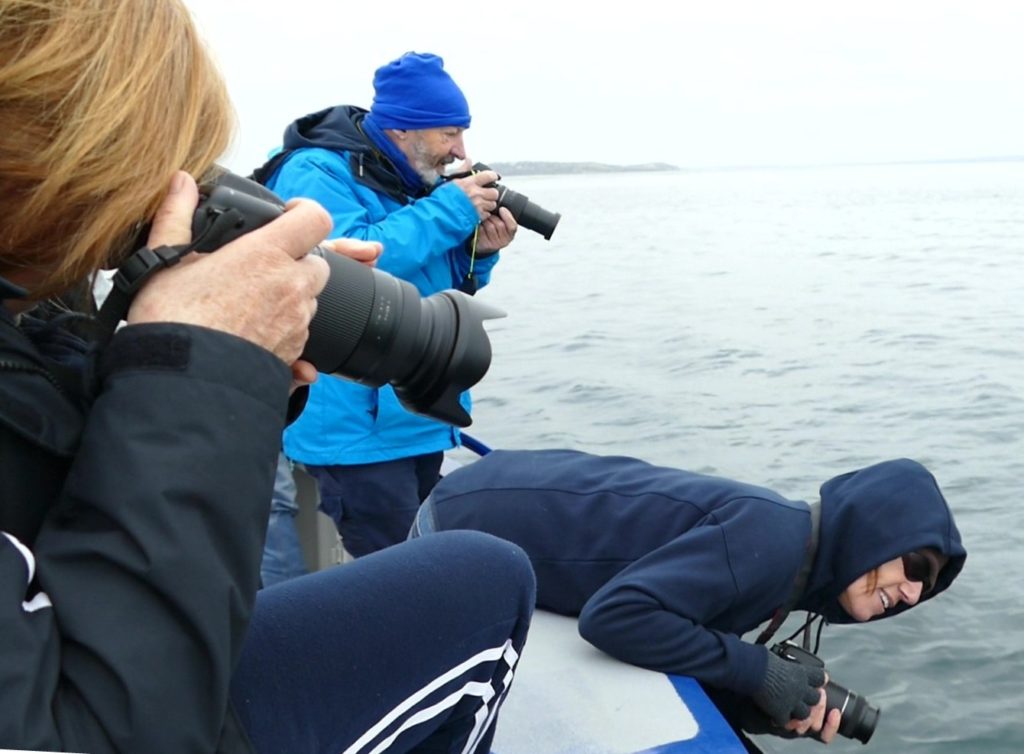
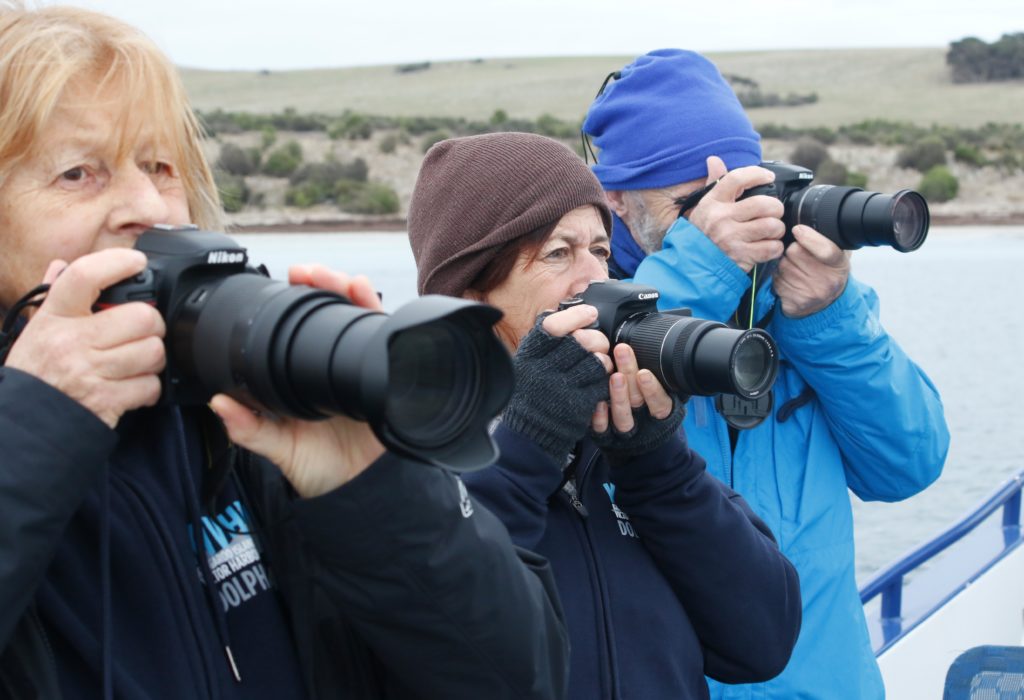
Interacting with dolphins
There are those who say humans should not interact with wild animals. But how else do we learn? It’s not the interaction that’s the problem, it is how it is managed. KIVHDW members show great respect for the animals and the environment. The fact that the dolphins come to us shows how keen they are to interact and how interested they are in learning about humans.
Animal behaviourists have observed that animals can benefit from interaction. When we go out on a survey, the dolphins appear to enjoy swimming around the boat, diving, and surfacing, even rolling on their sides to get a better look at us.
Just who is being studied here?
Research clearly shows that when people interact with animals in their environment, it promotes better understanding and education. And that leads to more support for conservation and protection.
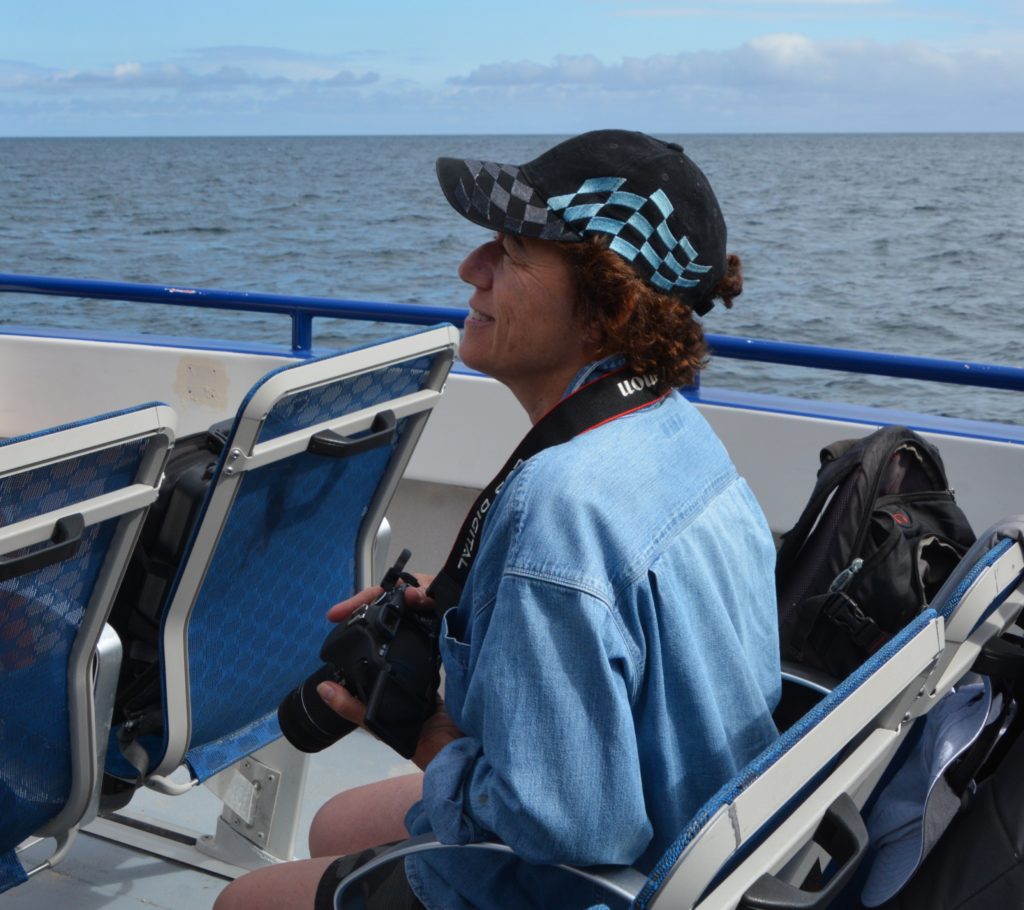
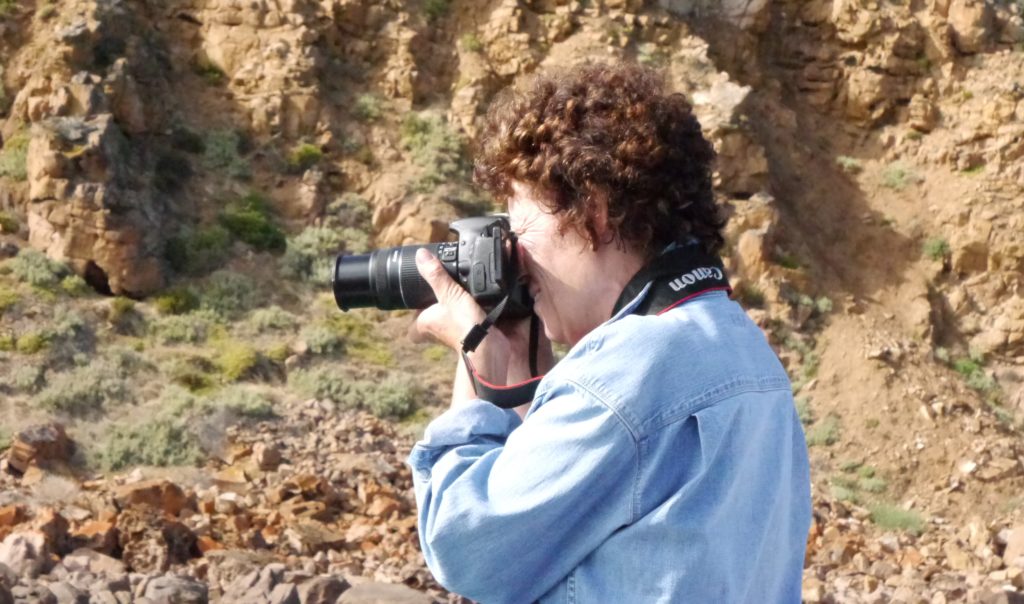
Citizen Science
And then there’s the knowledge we gather through the surveys. How else would we be able to argue against developments such as Smiths Bay? Who else will speak up for the animals?
The importance of Citizen Science must never be under-estimated; it is crucial that ordinary people have the opportunity to study our world and share their knowledge. This empowers communities to speak up and make positive change.
Better access to more scientific data has never been more important. And funding that research through Citizen Science must continue if we are to protect our natural world.
The people who take part in these surveys are willing to input time and energy, passion, and patience. But we couldn’t do any of this without the practical support of people like Andrew Neighbour, and all our sponsors.
Essential research
Citizen scientists provide a cost-effective means of carrying out essential studies. And they have been studying cetacean populations for decades, all around the world. Shore and boat-based research is enabling us to learn more about the dolphins, their behaviour, and their environment.
Being a part of this is a privilege. And it feels good to be making a difference to the world in which we live. I would recommend the experience to anyone interested in marine life and the ocean.
For me personally, I cannot get enough of it! We are there to gather data but sometimes, I just have to stop and watch and enjoy. The feeling of joy and peace that comes over me helps calm the anxiety that has always plagued me.
As a person with high-functioning autism, this has become a key part of my new life on Kangaroo Island, and I intend to be involved for many years to come.”
Isobel Coleman June 9th 2021
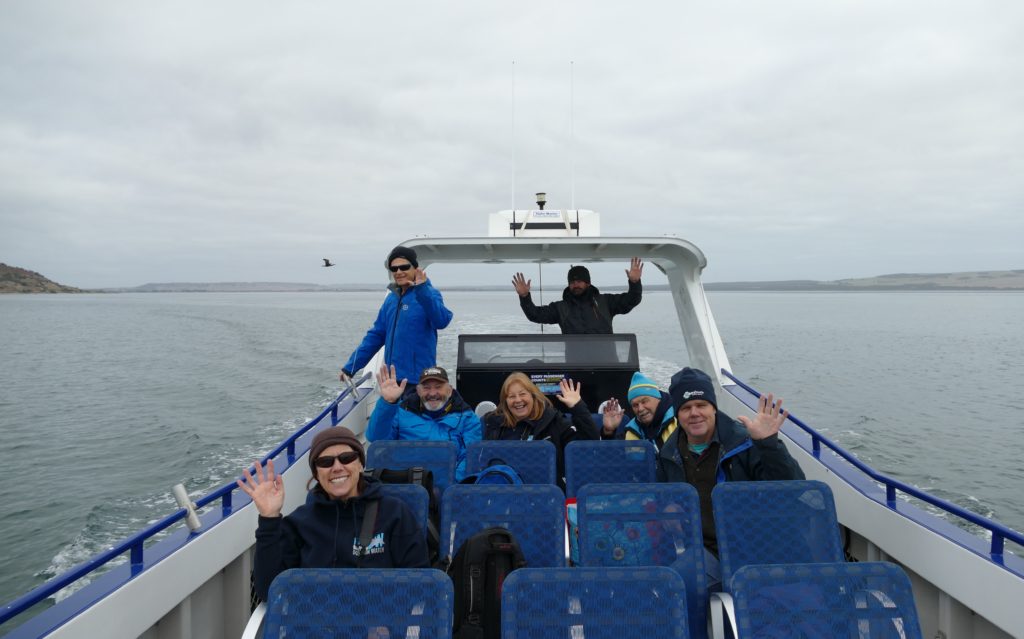
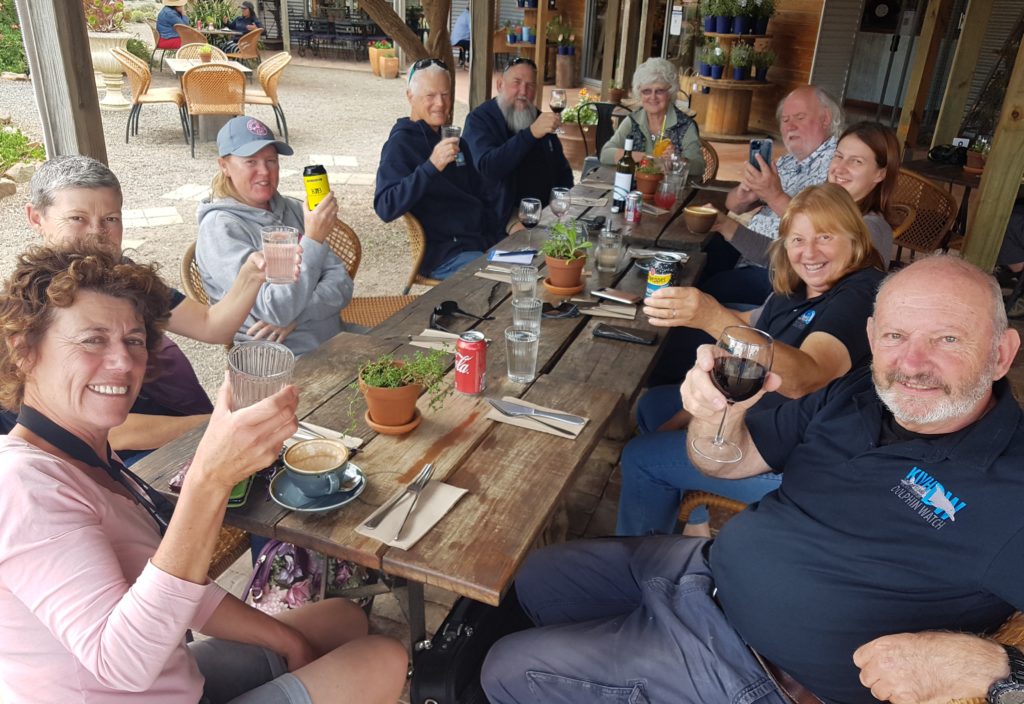
Thankyou so much dear Izzy for so kindly sharing your very special story. We have always felt Dolphin Watch is life changing for all of us, and we are delighted it is so for you too! Such a joy to have you on board!
Love and gratitude, always. XOX
#THANKYOU #citizenscience #dolphinwatch #dolphins #volunteers #conservation #kangarooisland #victorharbor


